Singapore is an incredibly unique destination. Both a city and country, this financial powerhouse sits on a tiny island off the coast of Malaysia. Futuristic skyscrapers tower over traces of a British colonial past. Singapore’s population is a multicultural smorgasbord of Malay, Chinese, Indian, and Eurasian heritages. This robust ethnic diversity has influenced everything from the cuisine to the architecture, and given rise to some very distinct neighborhoods for visitors explore. There are so many interesting things to do in Singapore that I haven’t managed to check them all out despite two separate trips. This guide is organized by neighborhood so you don’t waste time hopping back and forth between all the attractions. Singapore’s climate is simply too hot for that.
Things to do in Singapore
Neighborhood: Marina Bay
Gardens by the Bay
Singapore’s mission to become the world’s “Garden City” has culminated in Gardens by the Bay. This extraordinary attraction turns a public park into a living art installation. Inside the Cloud Forest exhibit, a mountain of lush vegetation fills a glass conservatory. Waterfalls spill over the side and rare flowers add to the illusion of being inside a tropical rain forest. Outside, in the Supertree Grove, plants climb towering tree-like structures reaching up to 50 meters in height. This vertical garden is illuminated at night for a truly magical experience. The Supertree Grove is free to visit, but tickets are needed for the Cloud Forest and Flower Dome, another impressive conservatory with changing floral displays.
Marina Bay Sands
Singapore’s most iconic building is Marina Bay Sands, which resembles a cruise ship marooned on top of three skyscrapers. The resort includes a hotel, spa, ArtScience Museum, theater, luxury shopping, and over twenty restaurants. Its most notable feature, though, is the rooftop infinity pool which offers a dizzying view from 57 stories in the air. Non-hotel guests can pay $26 to access an observation deck in the SkyPark or, better yet, head to one of the rooftop bars. If you’re going to spend that much money for a view, you might as well get a drink to go along with it. In the evenings, the Sands puts on a laser light show that is best enjoyed from across the bay by the Merlion fountain.
Makansutra Gluttons Bay
Singapore is famous for its hawker centers, which serve street food in an ultra hygienic setting. Gluttons Bay offers a variety of foods from across Asia, and affordable prices mean you can try many different things. I enjoyed a Chinese noodle dish with prawns, an omelette topped with plump oysters, and chicken satay with a spicy peanut dipping sauce. If you are unsure what to order, look for the stalls with the longest queues.
Neighborhood: Little India
This bustling neighborhood is packed with shops and restaurants offering the specialties of India. Statues of Ganesha bless sidewalk produce stands. Long garlands of fresh flowers perfume the air and temples welcome a never-ending stream of worshipers. My favorite thing to do in this part of Singapore is simply to wander around and admire the colorful architecture and street art. It’s hard to believe that the area once mostly consisted of cattle farms and brick kilns.
Tan Teng Niah
In a city known for its vibrant buildings, Tan Teng Niah still manages to stand out. This rainbow-hued home dates to 1900 and belonged to a prosperous Chinese candy maker. It is the last remaining villa of its kind and a must-see when exploring the neighborhood.
Sri Veeramakaliamman Temple
This atmospheric Hindu temple is one of the oldest in Singapore. It is dedicated to the goddess Kali, Destroyer of Evil, and helped early Indian migrants feel safe in their new home. During WWII when Japanese air raids terrorized the city, the temple protected neighborhood residents and survived the bombings unscathed.
Tekka Center
The Tekka Center is Singapore’s largest indoor wet market. Here you can find everything from tropical fruit and locally caught fish to Halal butchers and pungent spices. But the main draw for tourists is probably the food court. Hawker stalls prepare an array of Indian specialties including curries, briyani, prata, and savory stuffed pancakes called murtabak that you absolutely must eat. Upstairs, the Tekka Center is a sea of sari fabric and sparkly accessories.
Neighborhood: Kampong Glam
Singapore’s original ethnic enclave is Kampong Glam. It was created for the native Malay population after the British takeover of the island. Today the neighborhood is an eclectic mix of trendy and traditional. On Arab Street, the main drag, you’ll find shops overflowing with Persian carpets, Turkish lamps, and conservative women’s fashions. This is also the place to try Indonesian and Middle Eastern cuisines. One block over, colorful Haji Lane is home to quirky boutiques and hipster coffee shops.
Sultan Mosque
The centerpiece of Kampong Glam is Sultan Mosque. It was built in 1824 for the sultan of Singapore with money donated by Sir Stamford Raffles, the British founder of the colony. An avenue of palm trees leads up to the elegant mosque which is topped with gleaming golden domes. The former sultan’s palace is located next door and now serves as the Malay Heritage Center.
Neighborhood: Chinatown
Singapore’s Chinatown might be the most religiously tolerant place on the planet. Where else are you likely to find a Buddhist temple, Hindu temple, and mosque on the same street? This reflects the surprising diversity of the Chinese people who immigrated to the area for work. In addition to its special cultural history, Chinatown is where you’ll find some of the best bars and restaurants in Singapore.
Buddha Tooth Relic Temple
This Buddhist temple was built in 2007 in the Tang Dynasty style. It holds several sacred relics including a tooth recovered from the Buddha’s funeral pyre. The tooth is encased within a stupa made 320 kilos of gold, and is so precious only monks are allowed to enter the room.
Maxwell Food Center
This hawker center has been in operation since 1986 and boasts over 100 food stalls. The most famous is Tian Tian Chicken Rice, which has been lauded by the likes of Anthony Bourdain and the Michelin Guide. This of course has increased the length of the line. If you don’t feel like waiting, head two stalls down where a former Tian Tian chef has opened his own establishment, Ah Tai Hainanese Chicken Rice. The poached boneless chicken breast is served cold over a bed of crunchy vegetables. It comes with fragrant chicken-flavored rice, a bowl of the flavorful poaching liquid, and two dipping sauces. You’ll be shocked by how good it is!
Get Drinks at a Speakeasy
You’d be forgiven for thinking the red light emanating from the window of this nondescript building was advertising for a brothel. (Singapore’s red light district was historically located in Chinatown by has since been pushed out to Geylang.) But if you look closely, the sign says “psychic” and the lady that (sometimes) sits in the window is holding a crystal ball. In reality this is a front for Employees Only, a speakeasy-style bar that originally hails from NYC. The concept is a throwback to the American era of Prohibition, when alcohol was banned and secret bars were hidden in unlikely places.
For a bar that continually ranks among the world’s best, Employees Only is surprisingly low key. Many places in Singapore have a strict dress code, but here guests can wear what they like. Order the bar’s signature Manhattan cocktail, or mix things up with one of their more inventive libations. The Amelia, made with vodka, elderflower liqueur, pureed blackberries, and lemon juice, is my favorite. It’s the perfect combination of tart and sweet.
Other Things to Do in Singapore
Singapore Zoo
I know that some of you might have mixed feelings on zoos. But the Singapore Zoo sets the gold standard for how animals should be treated. The enclosures are large and open, with nary a cage in sight. Many of the zoo’s residents, such as orangutans and Asian elephants, are endangered in the wild. That’s why the zoo’s award-winning education and conservation efforts are so important. We want to save what we love, and the Singapore Zoo hopes to facilitate that by creating an emotional connection between its animals and human visitors. Special experiences, such as the Jungle Breakfast with orangutans help accomplish that goal.
Botanic Garden
I have not yet been to the Singapore Botanic Garden but it is the first place I’m heading on my next trip. Created in 1859, the gardens have played an important role in the study and cultivation of tropical plants, especially rubber trees and orchids. The Botanic Garden is home to over 1,000 species of orchids as well as more than 2,000 hybrids that have been bred onsite. This is Singapore’s first (and currently only) UNESCO World Heritage Site.
Singapore boasts a state-of-the-art transportation system and some of the best air conditioning you’ll find in Southeast Asia, a necessity given its location smack on the equator. English is the dominant language of this former British colony so it’s easy for foreign tourists to navigate. You’ll want at least four days in Singapore to fully experience everything this vibrant place has to offer. Especially if you like to beat the afternoon heat next to a swimming pool like I do.
Are you ready to plan a trip to Singapore?
PIN this blog for easy reference!
What are some of your favorite things to do in Singapore?
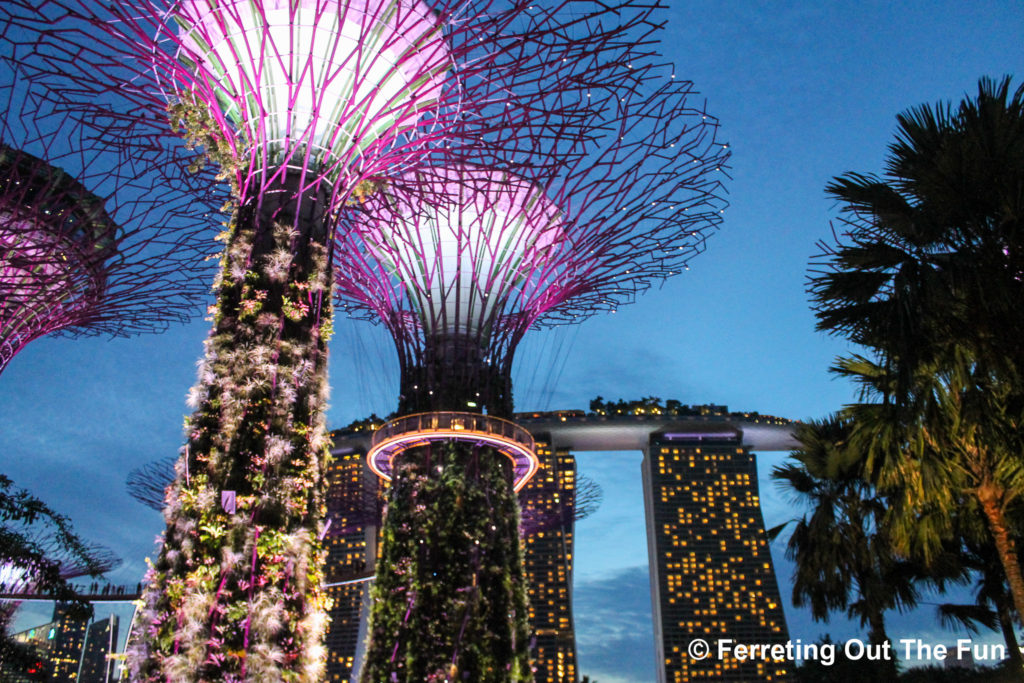
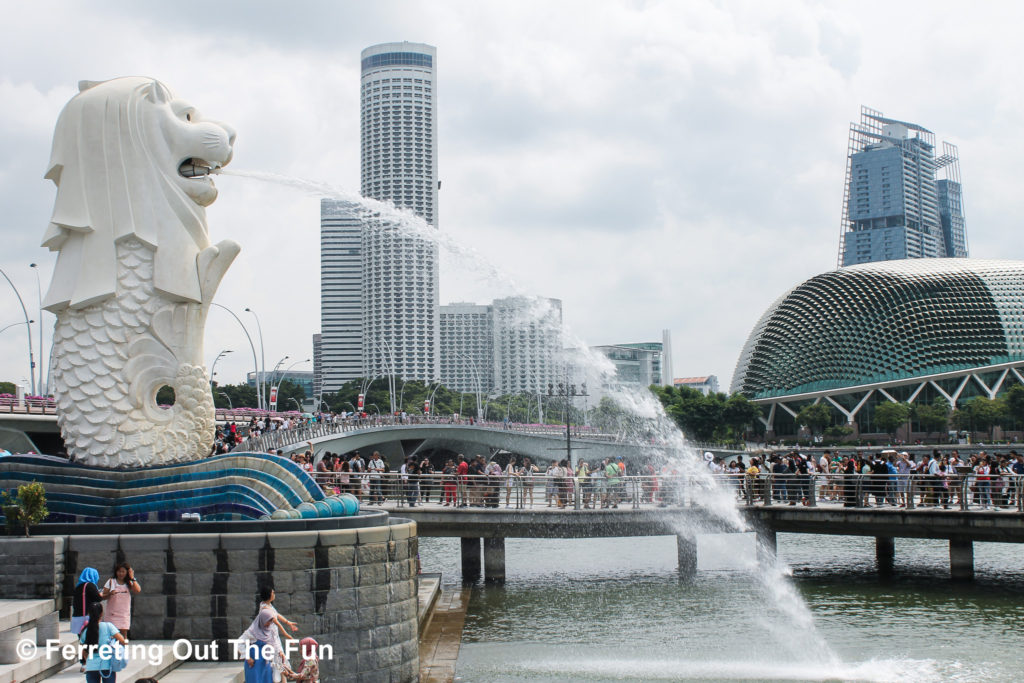
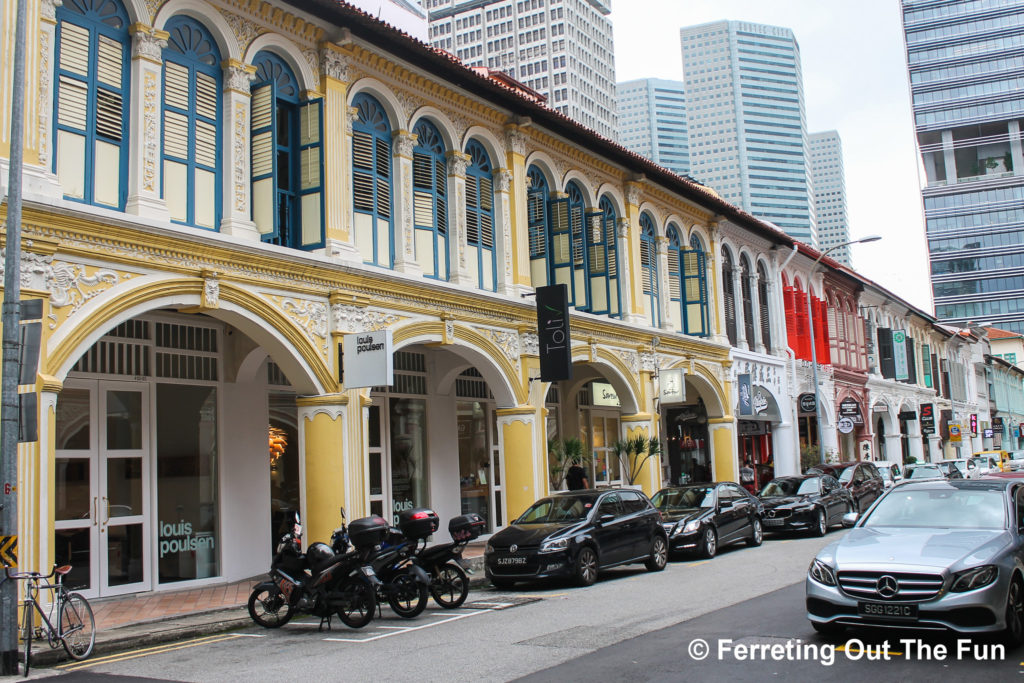
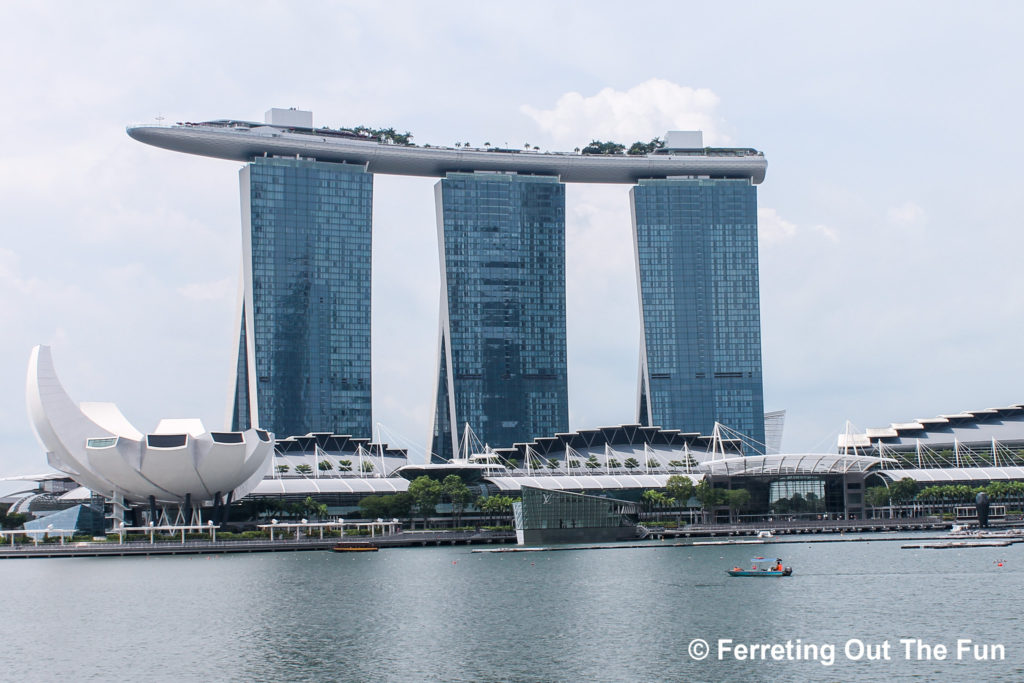
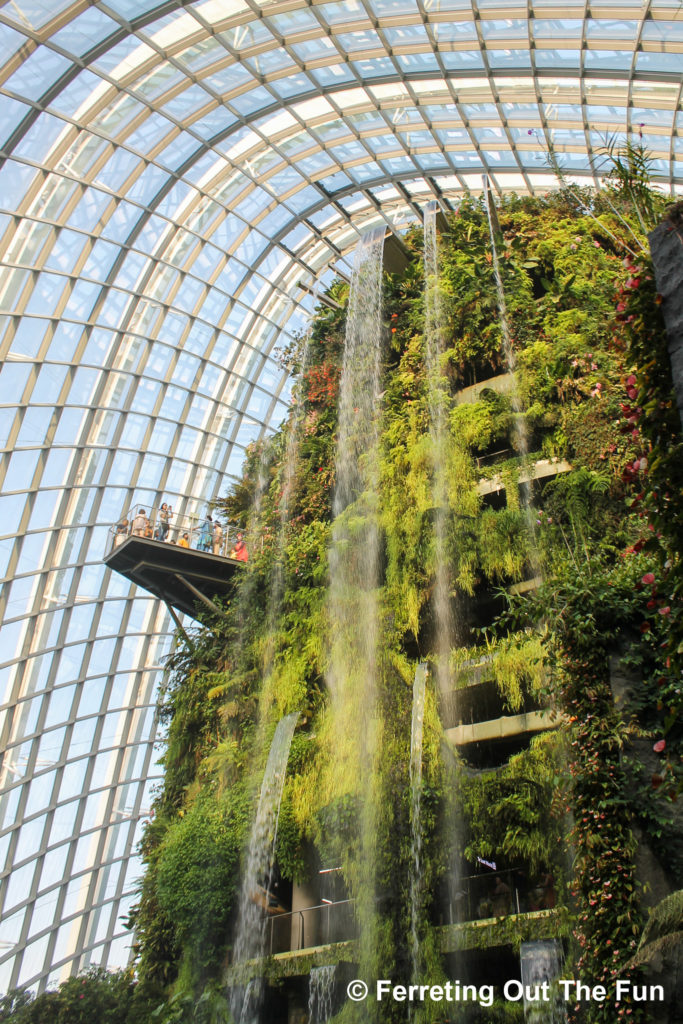
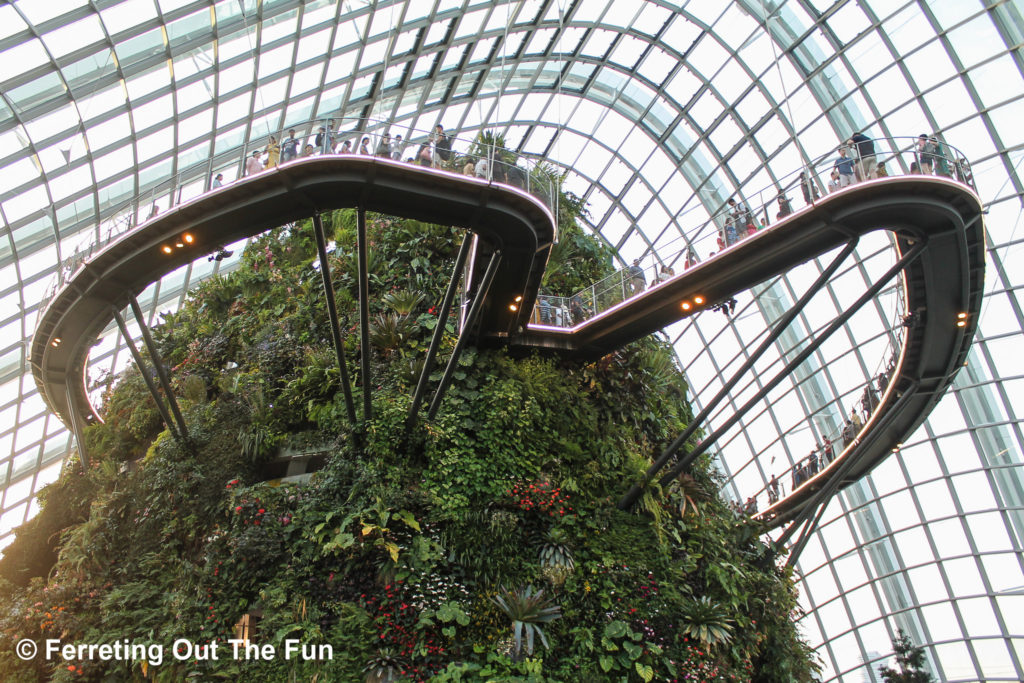
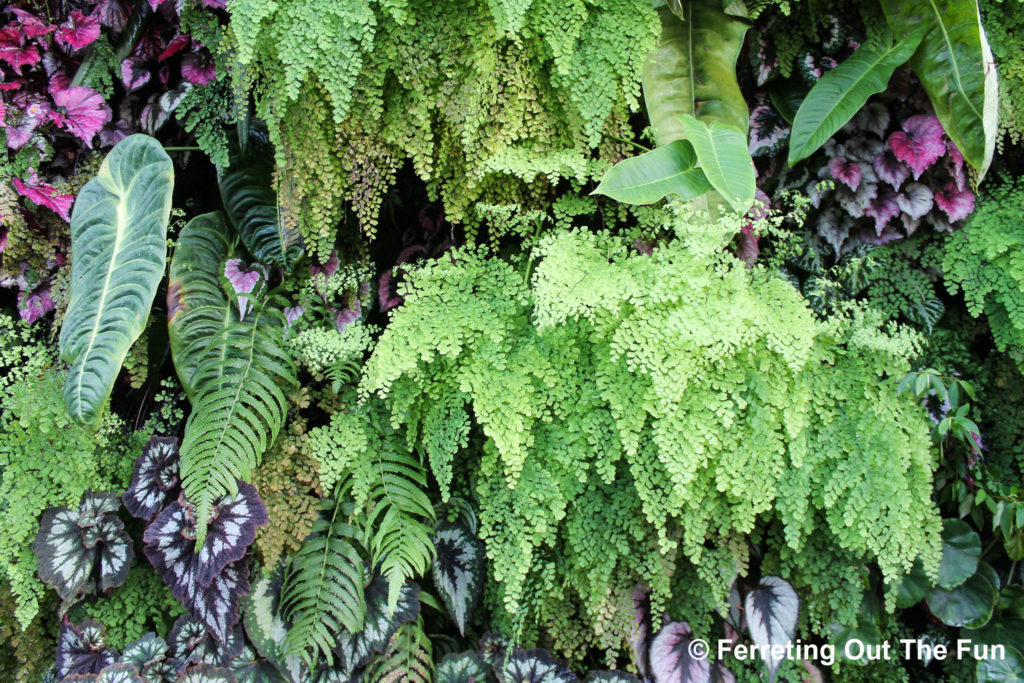
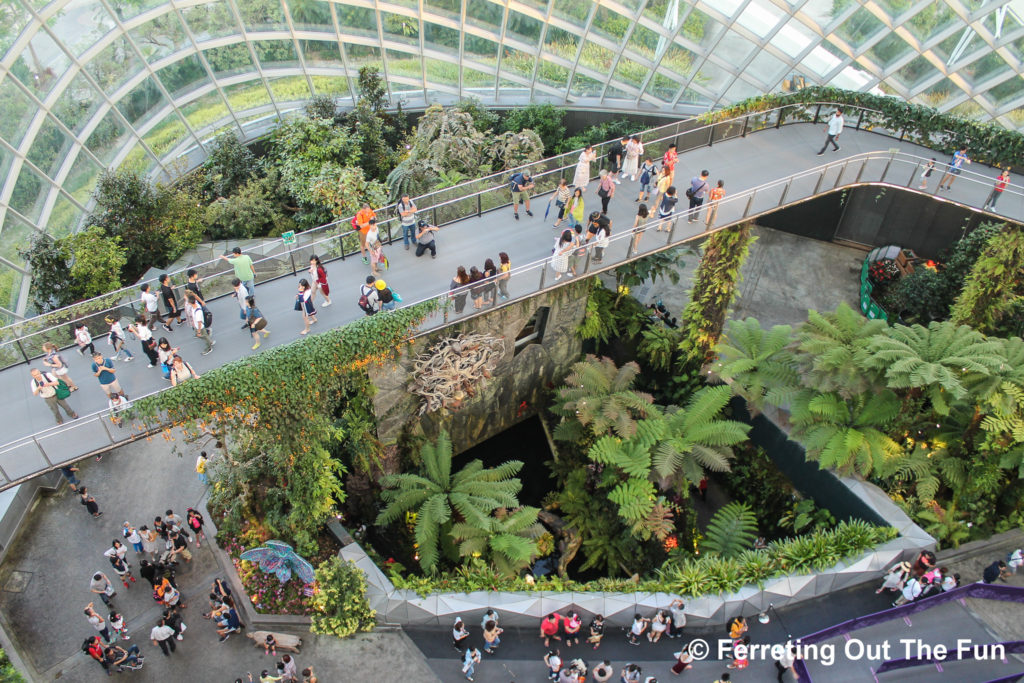
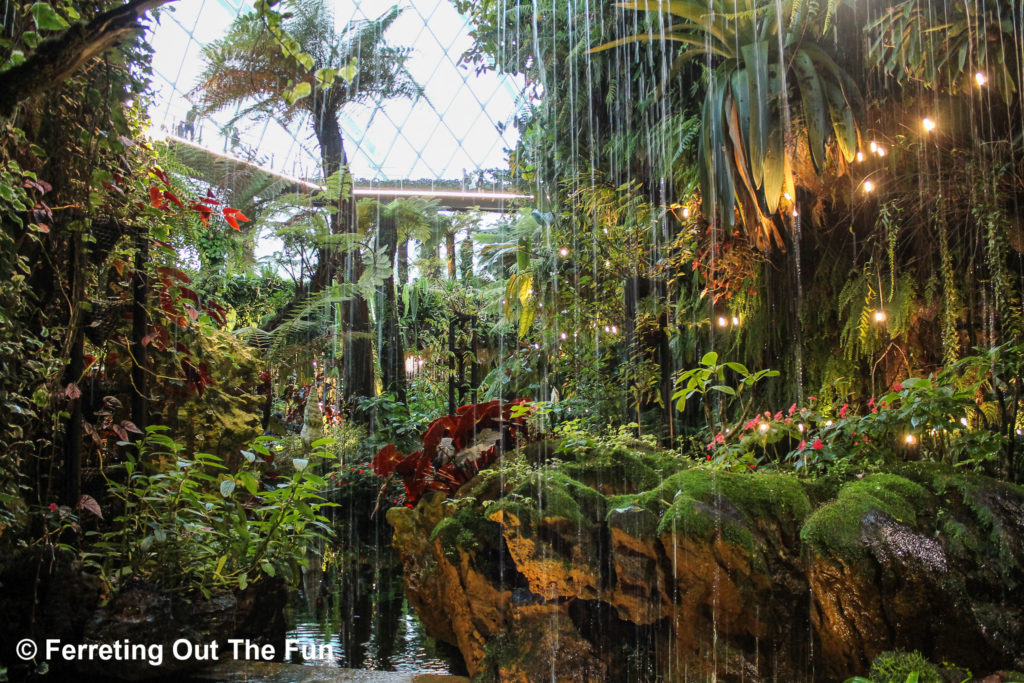
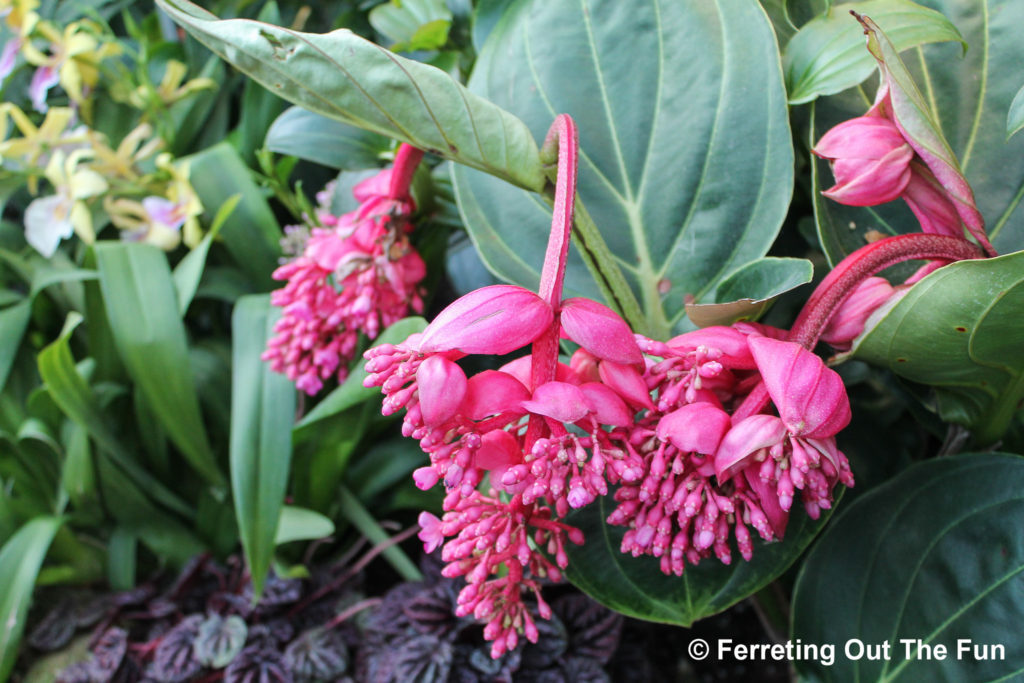
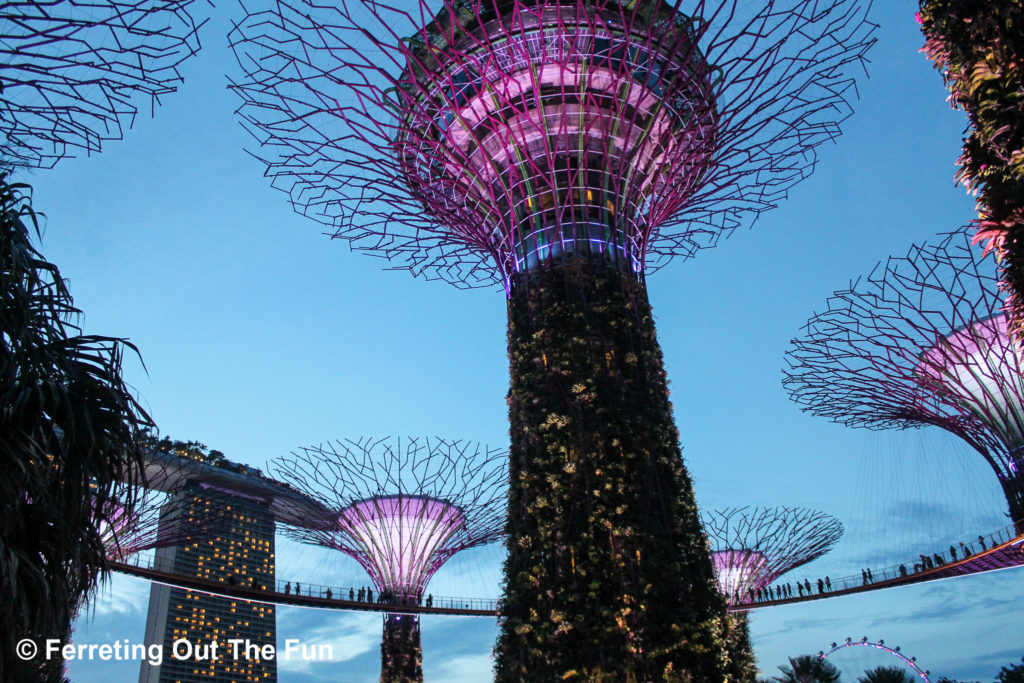
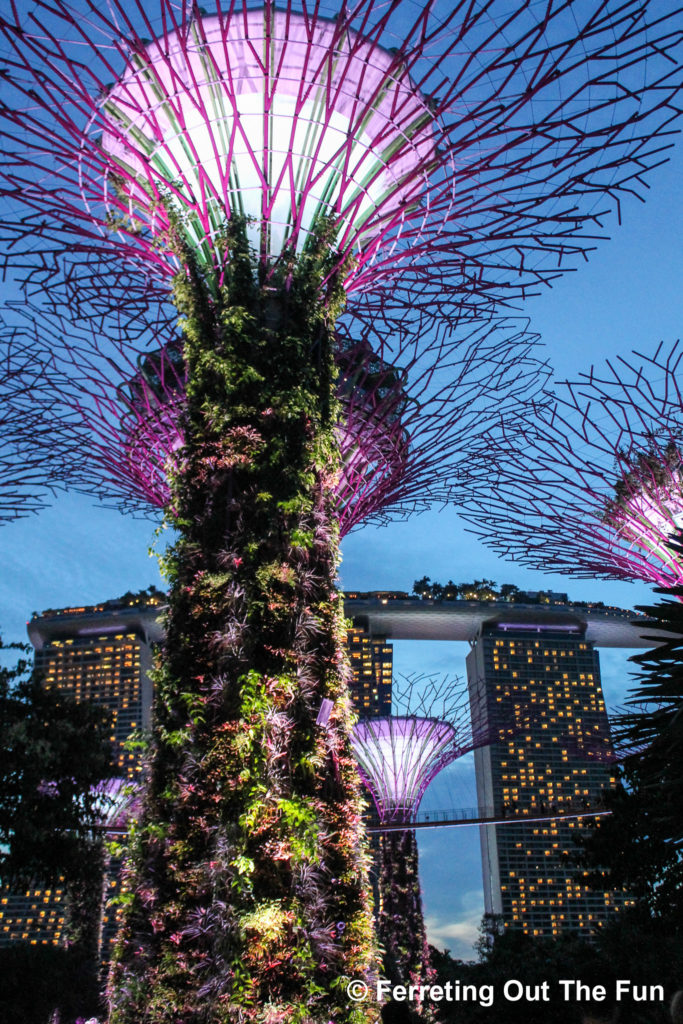
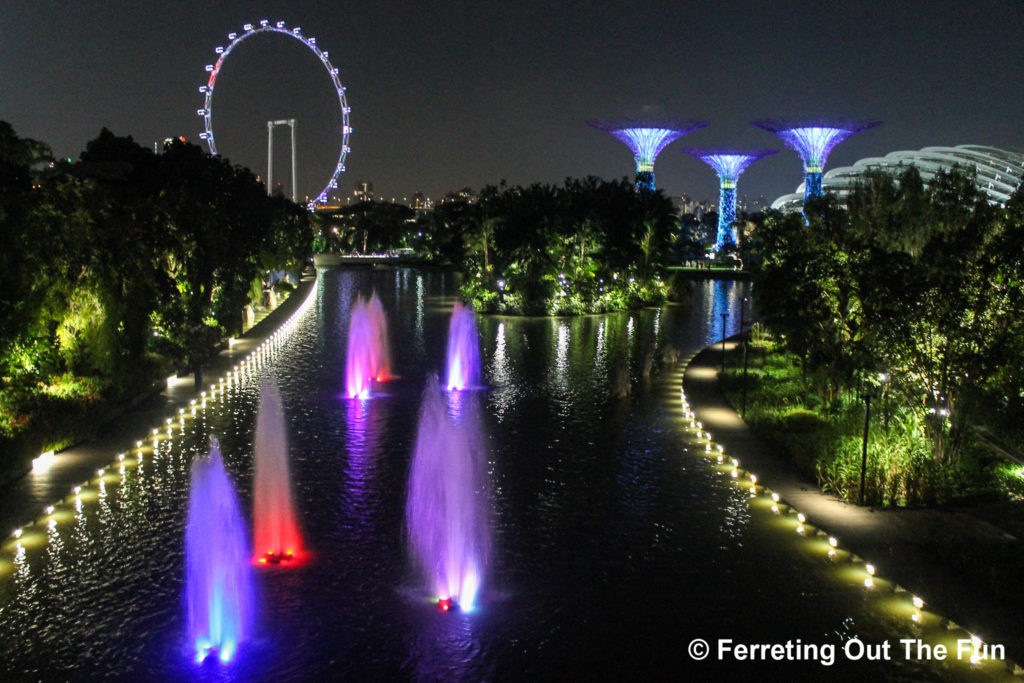
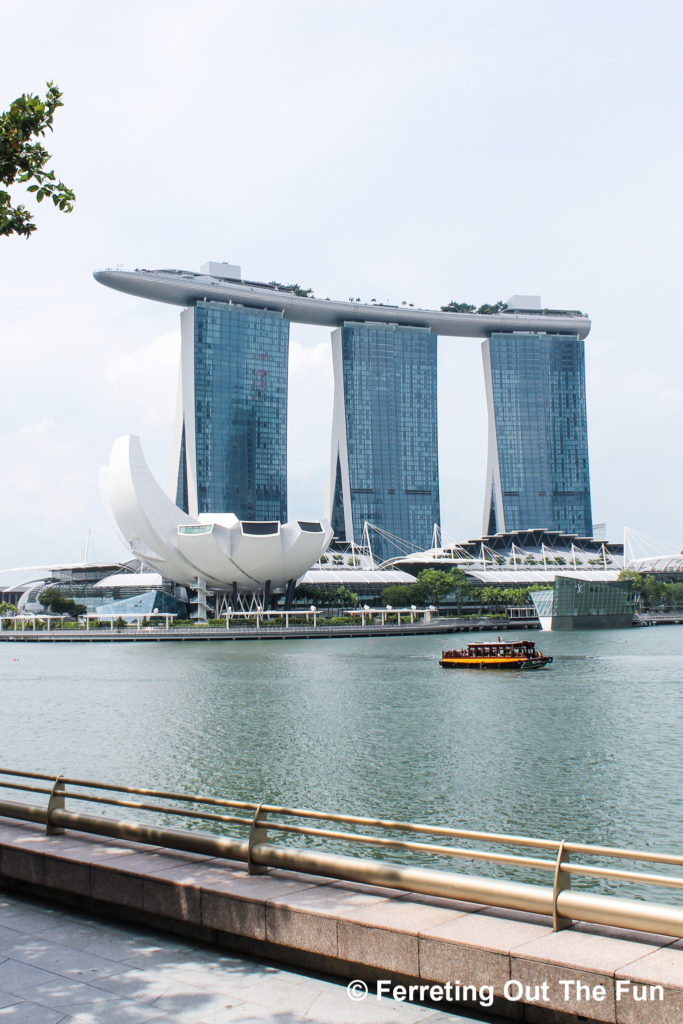
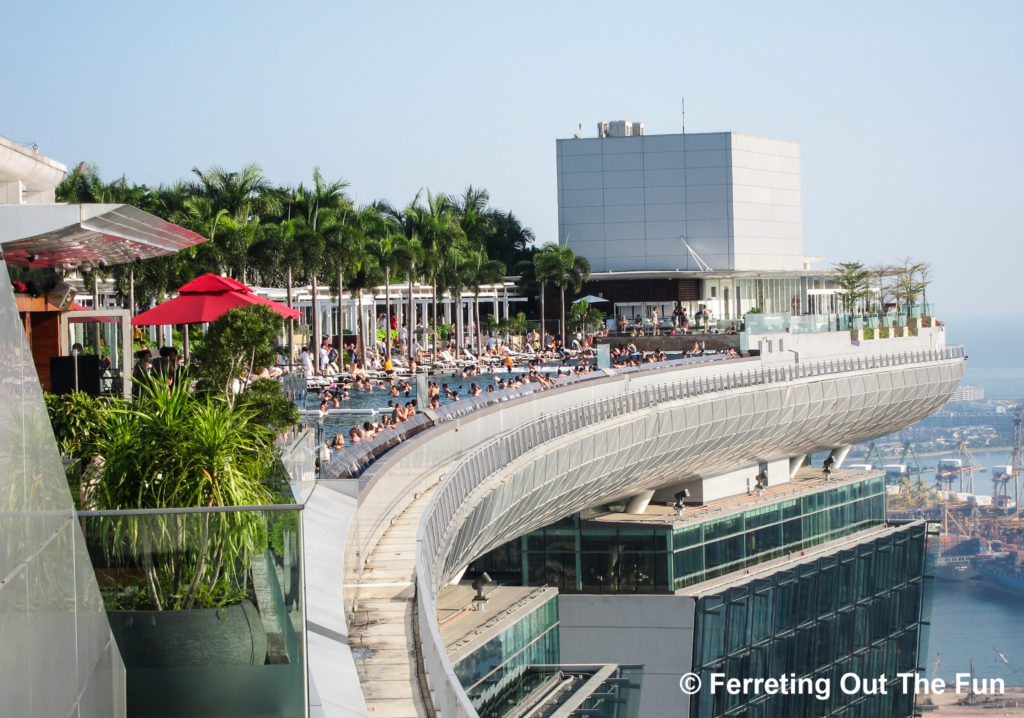
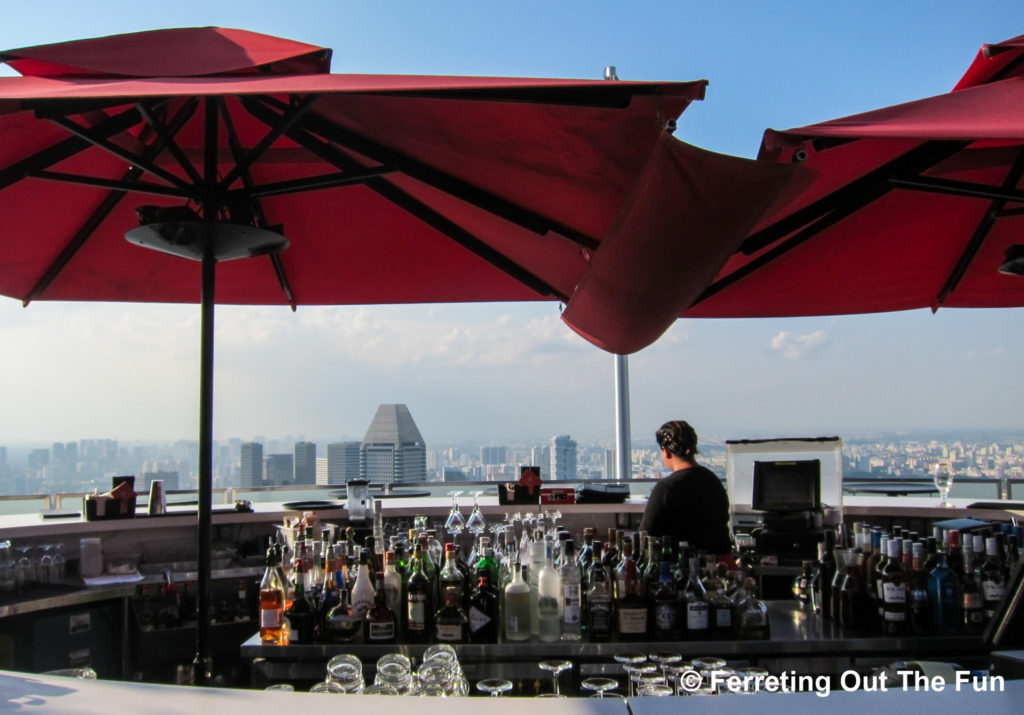
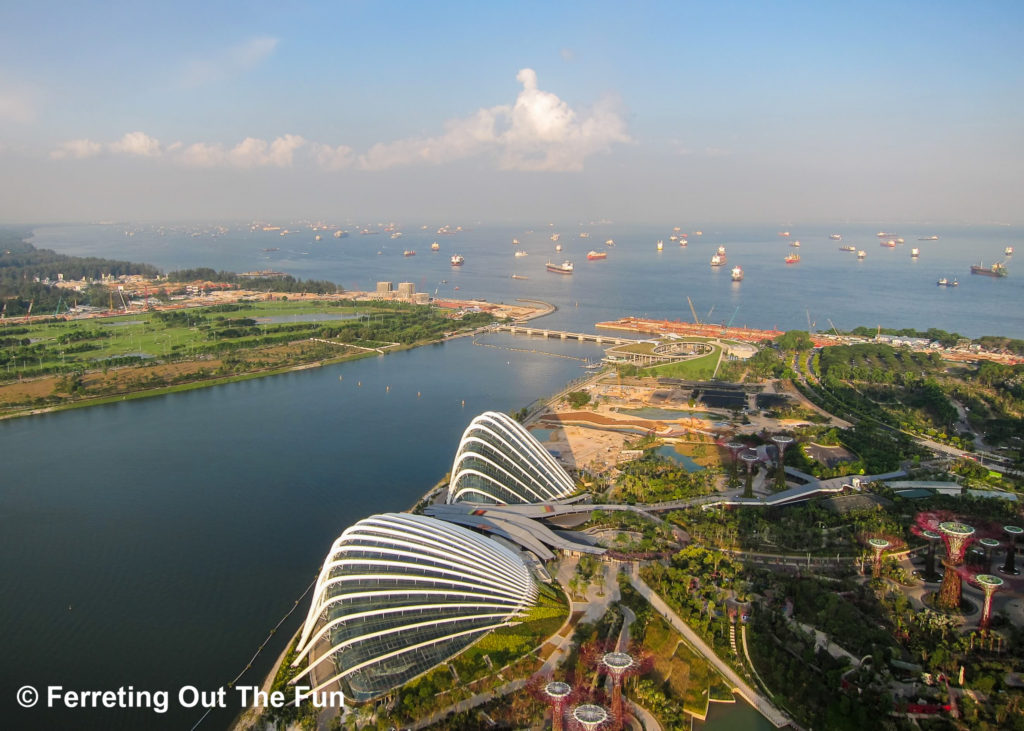
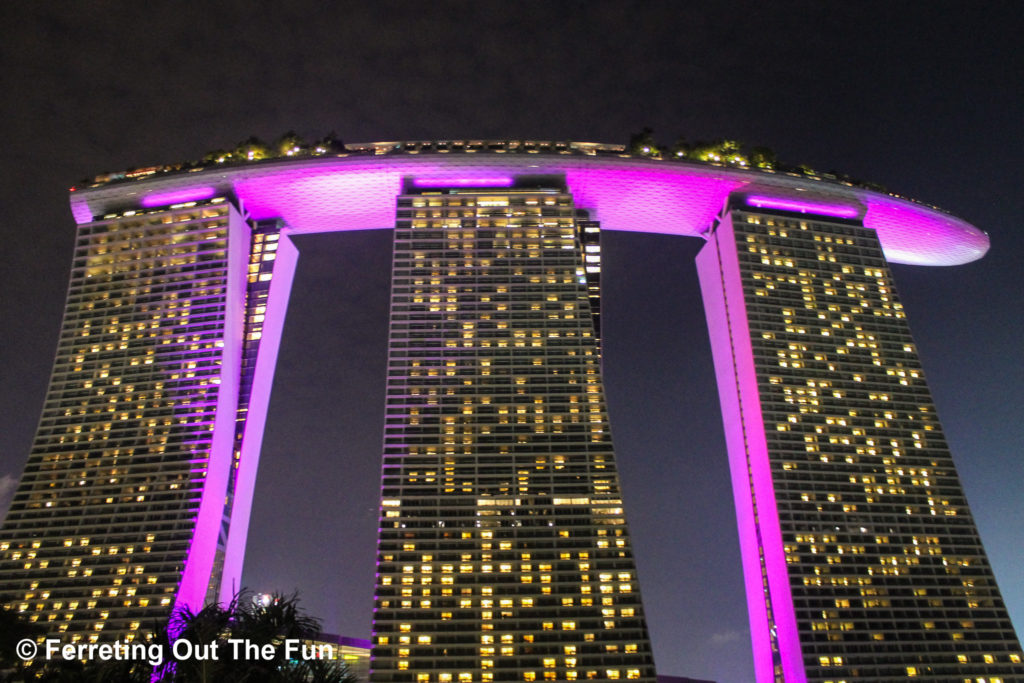
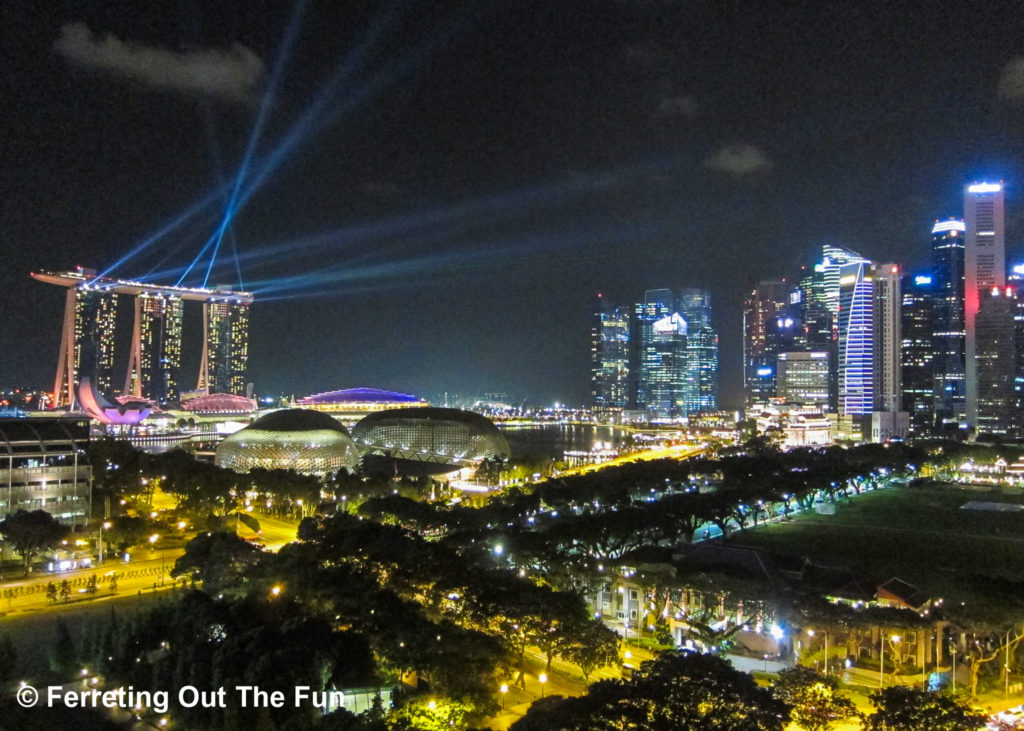
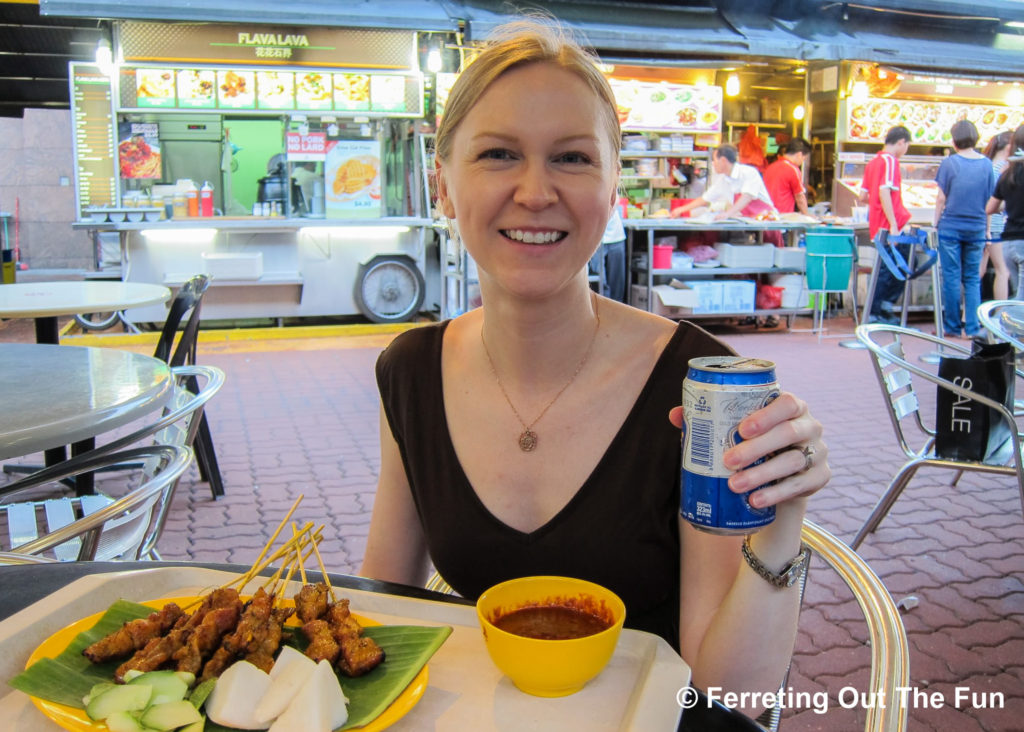
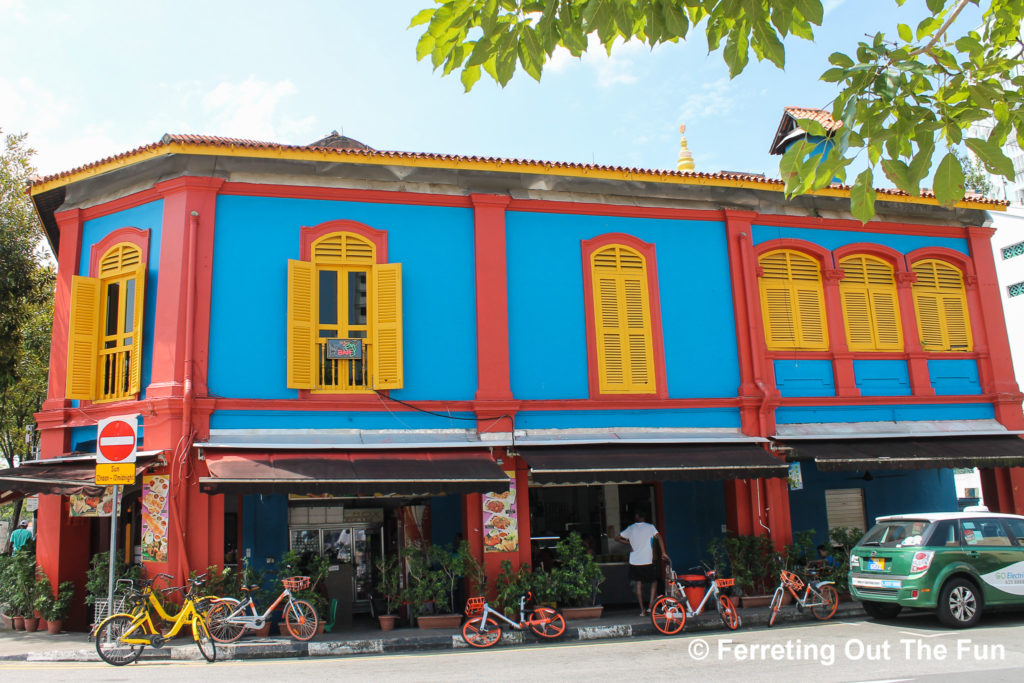
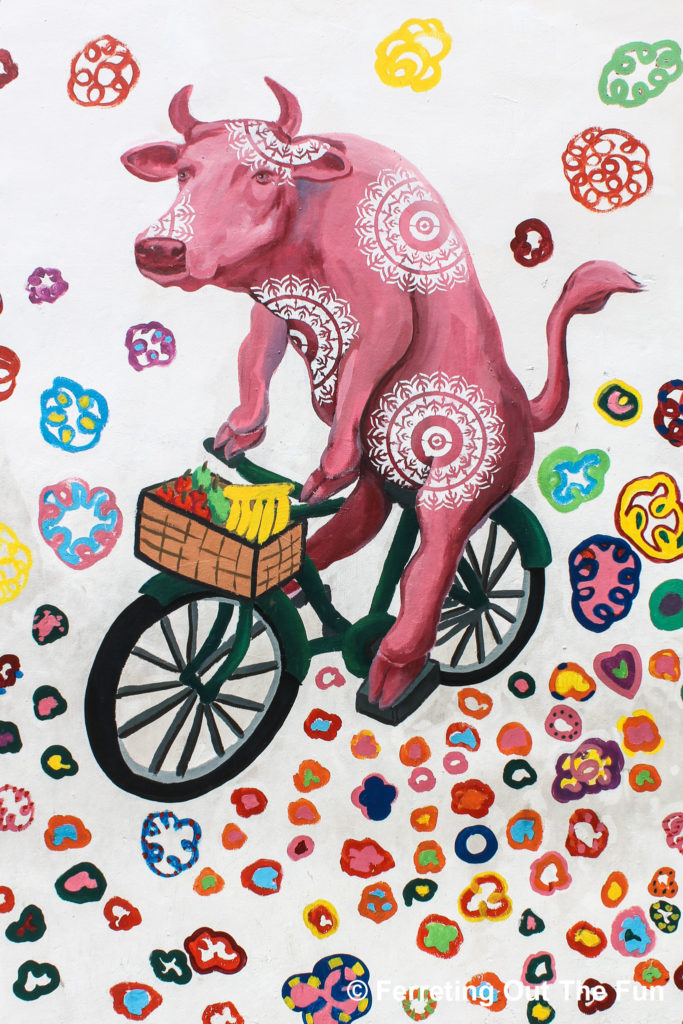
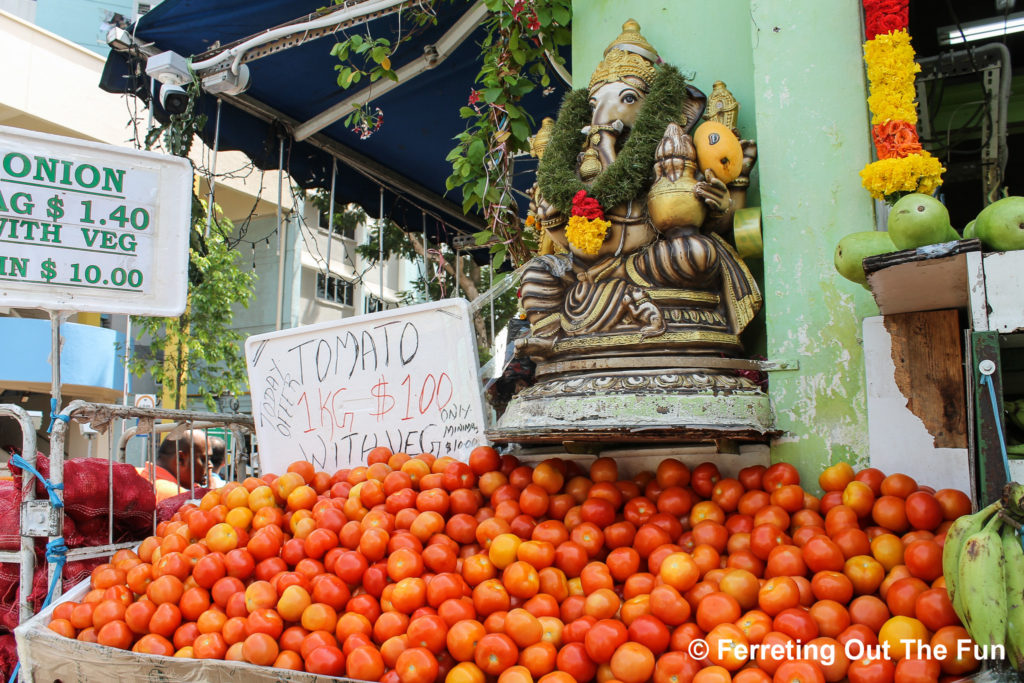
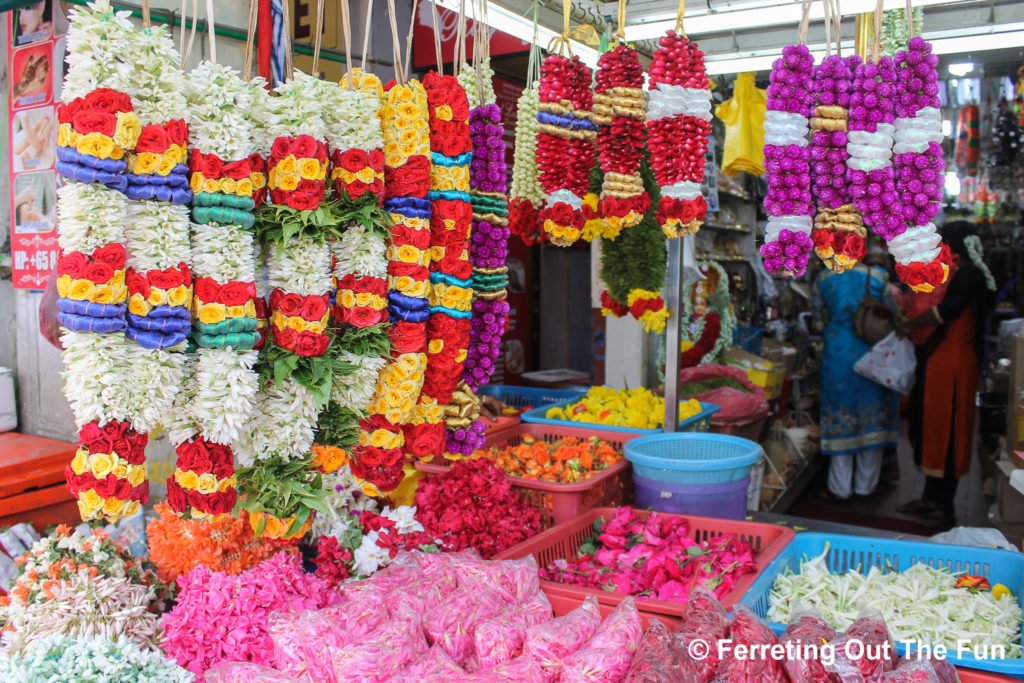
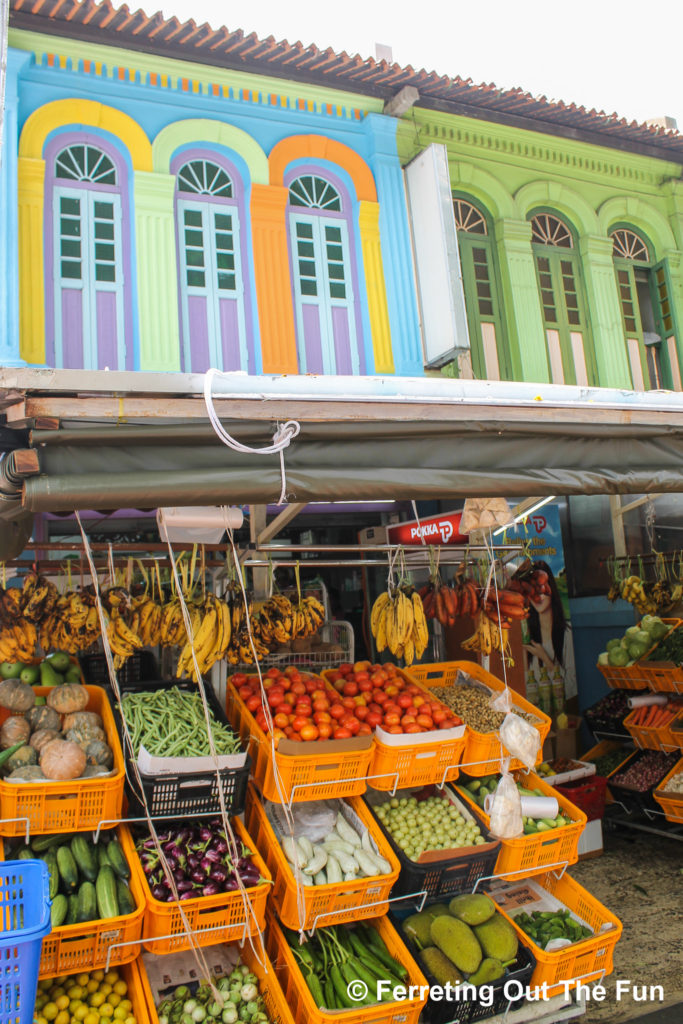
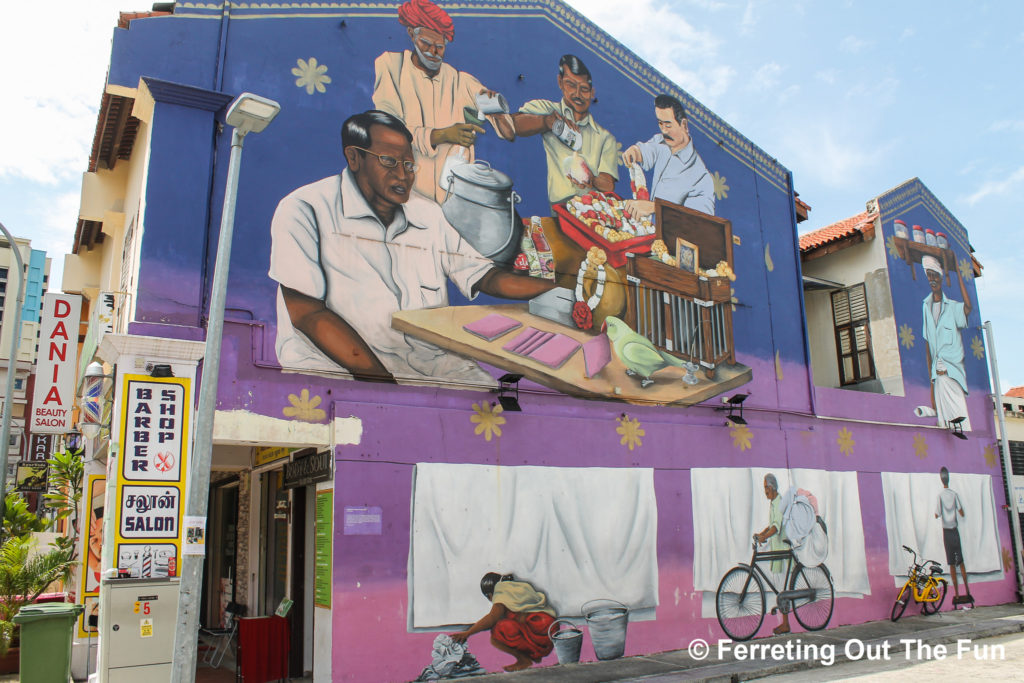
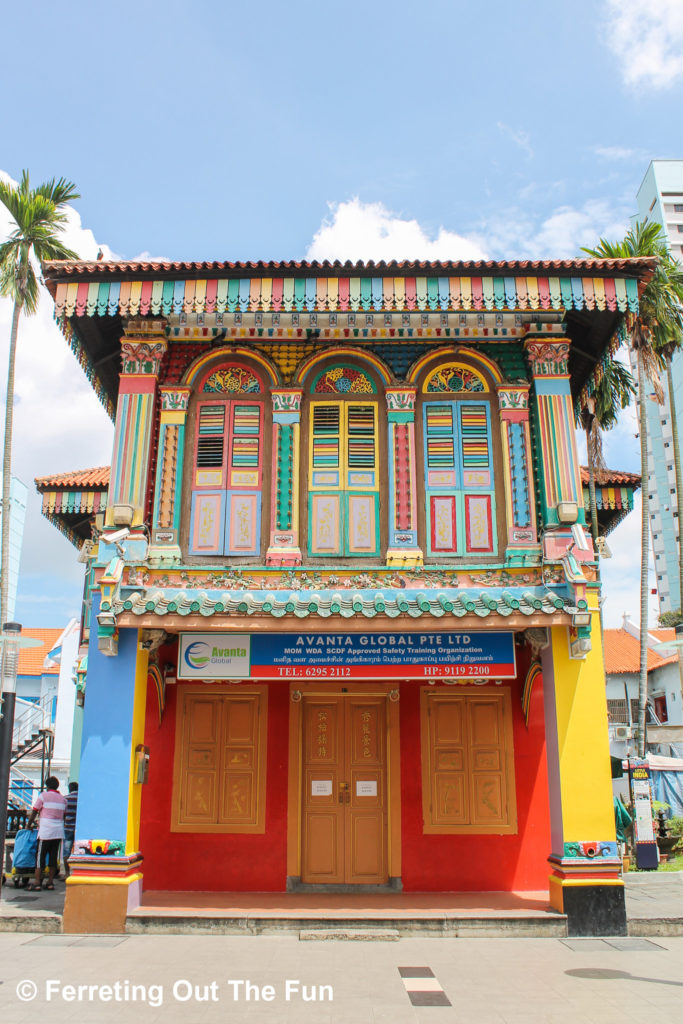
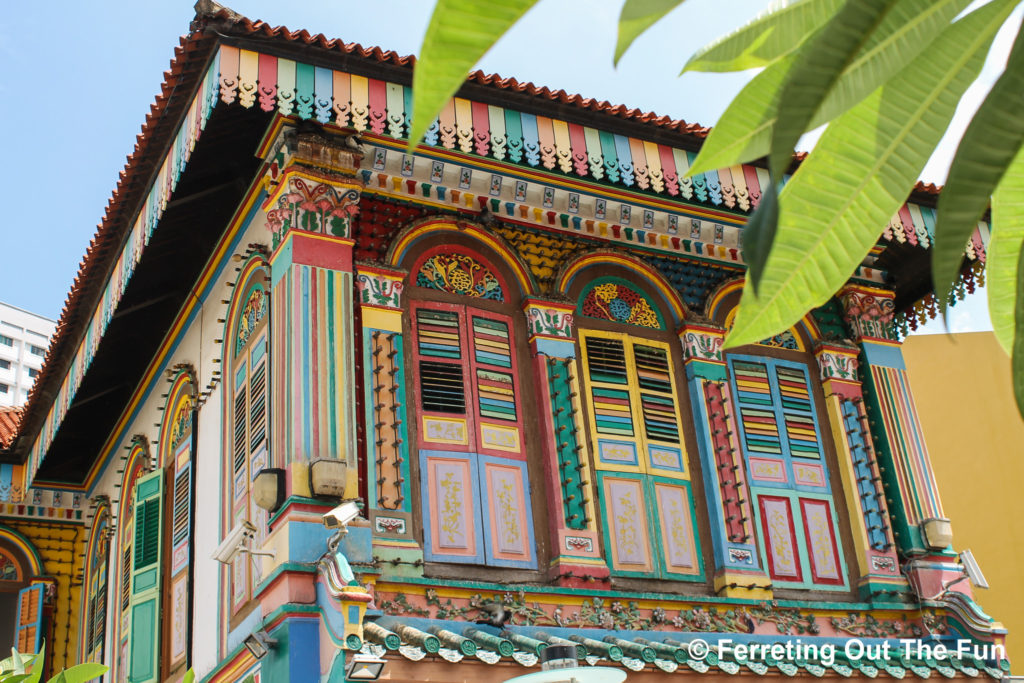
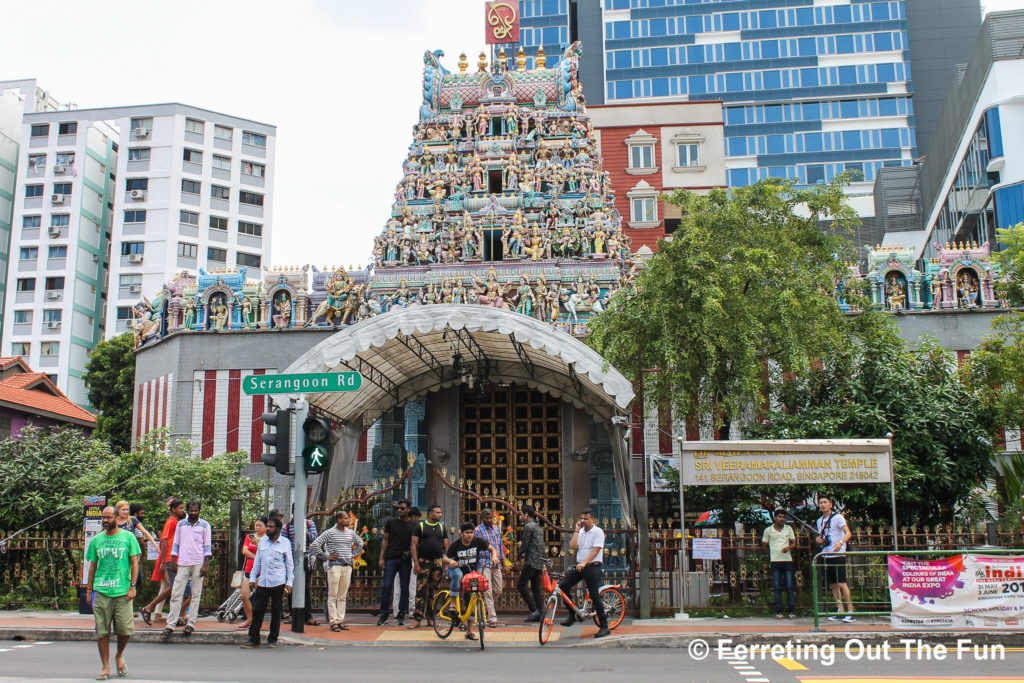
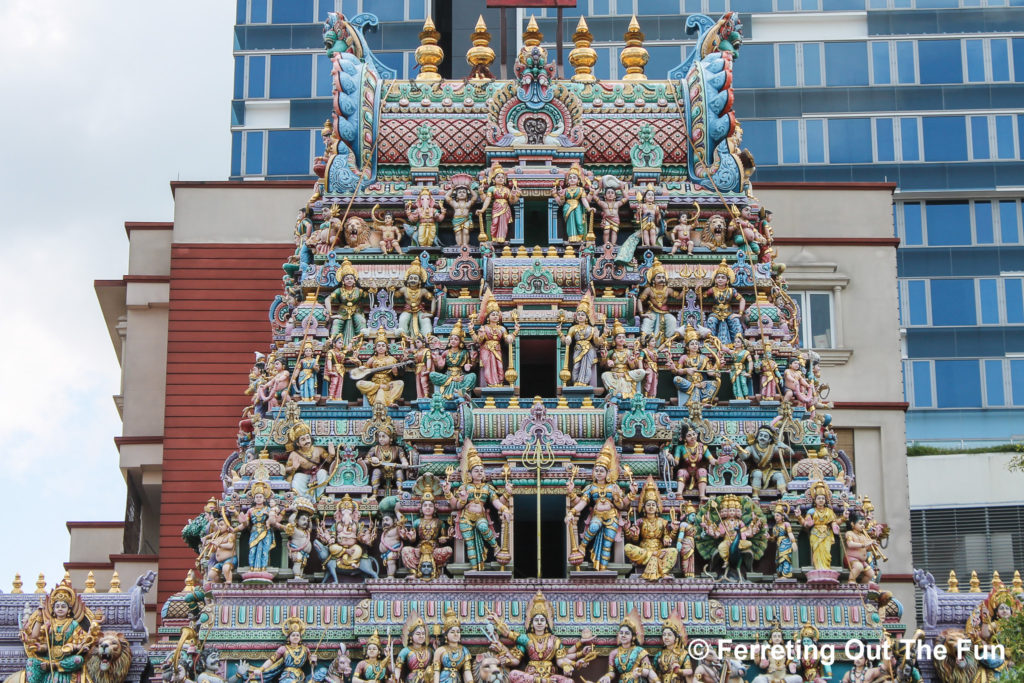
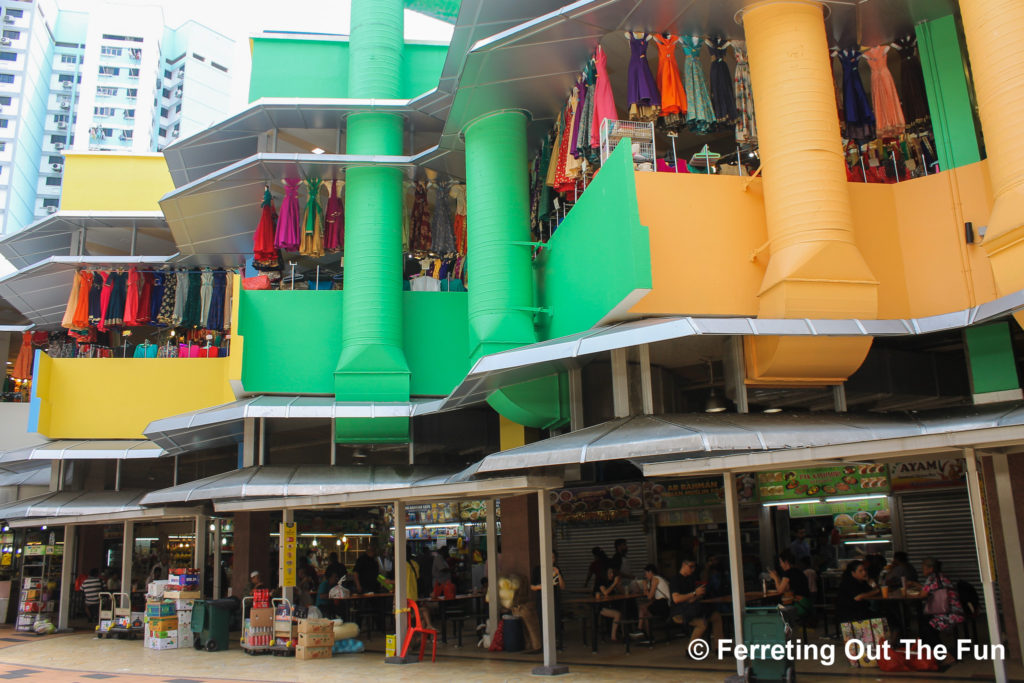
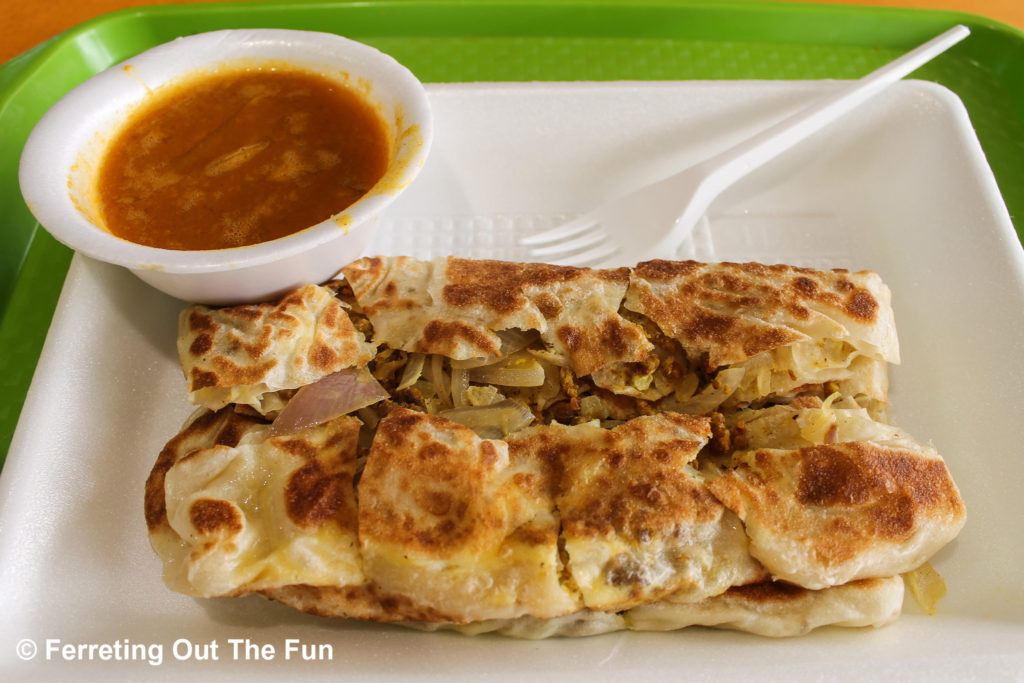
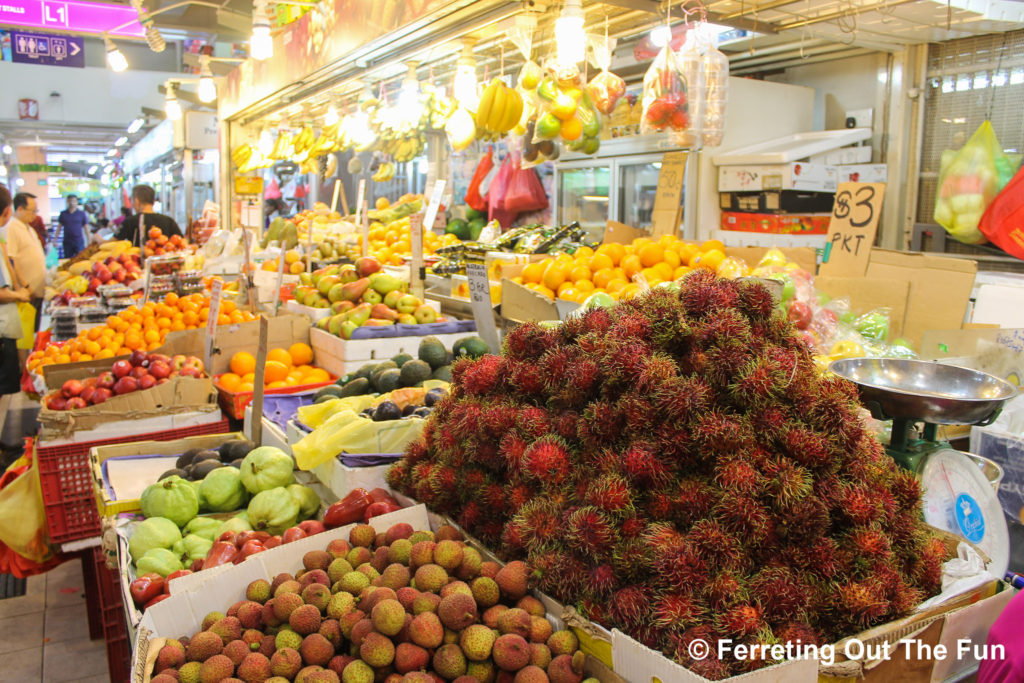
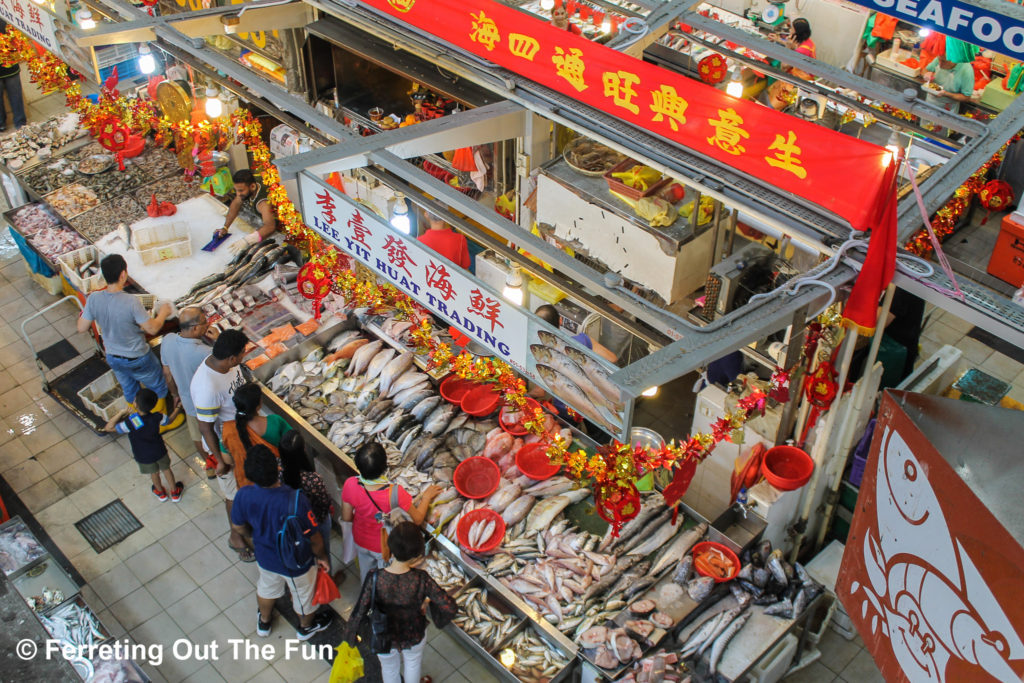
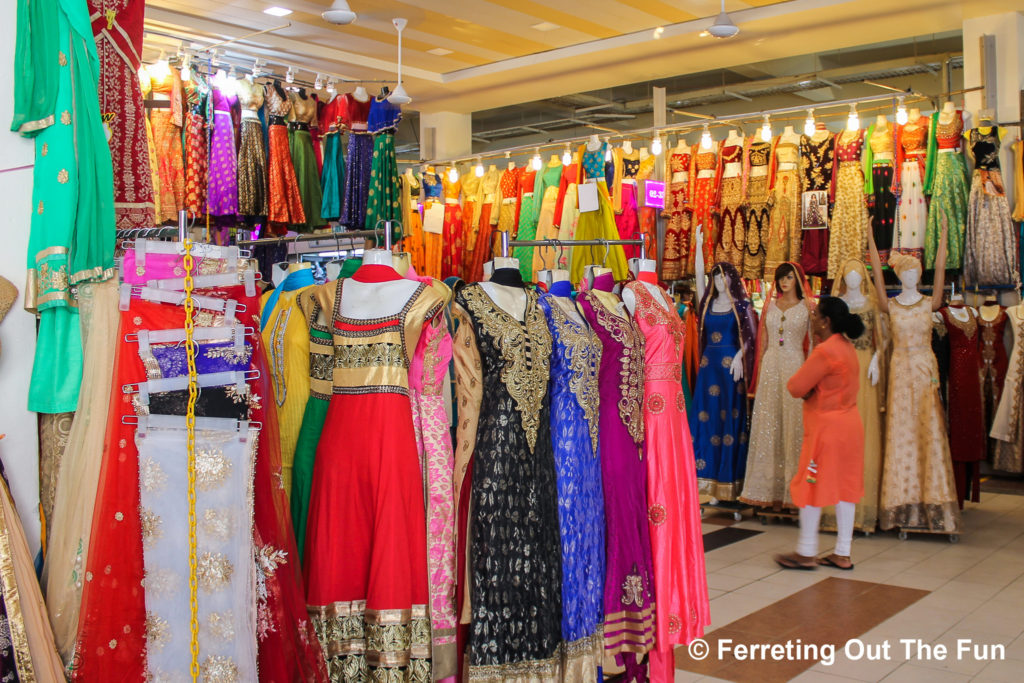
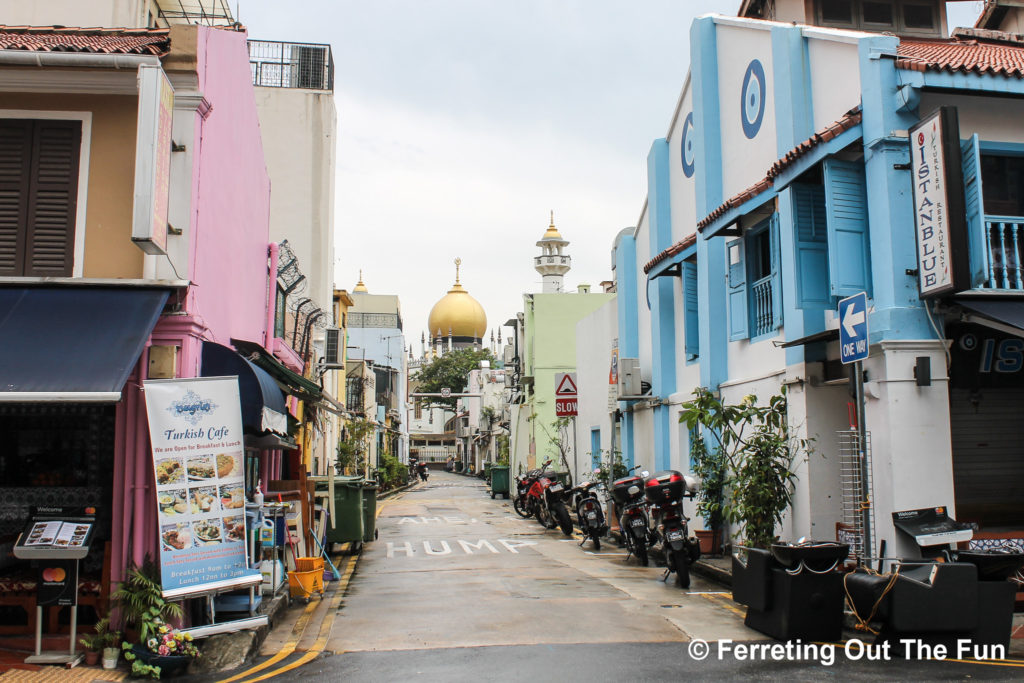
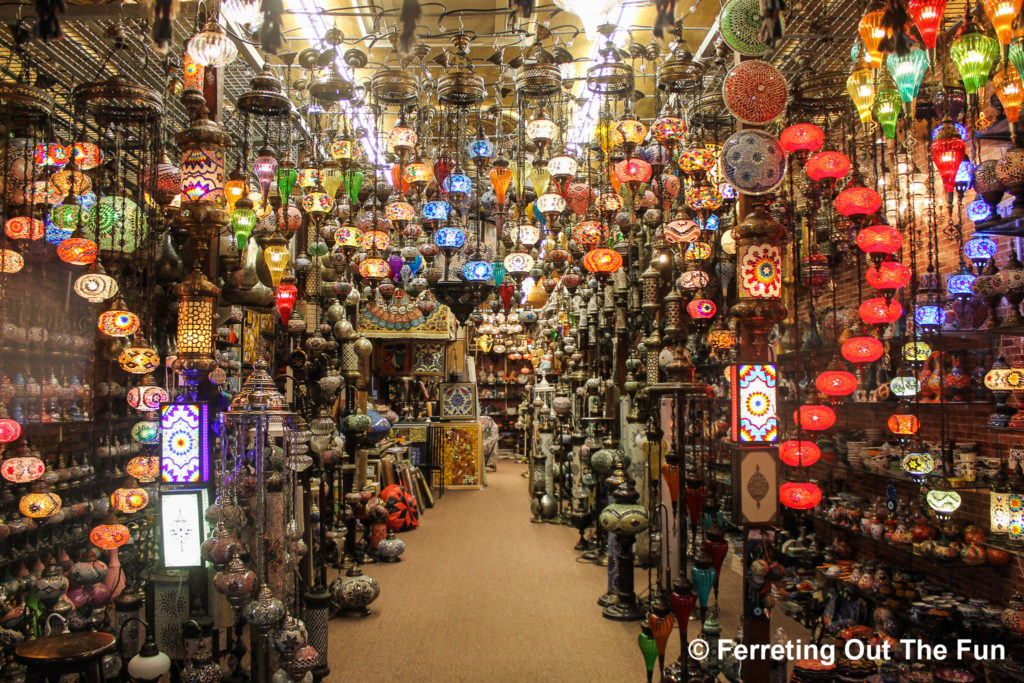
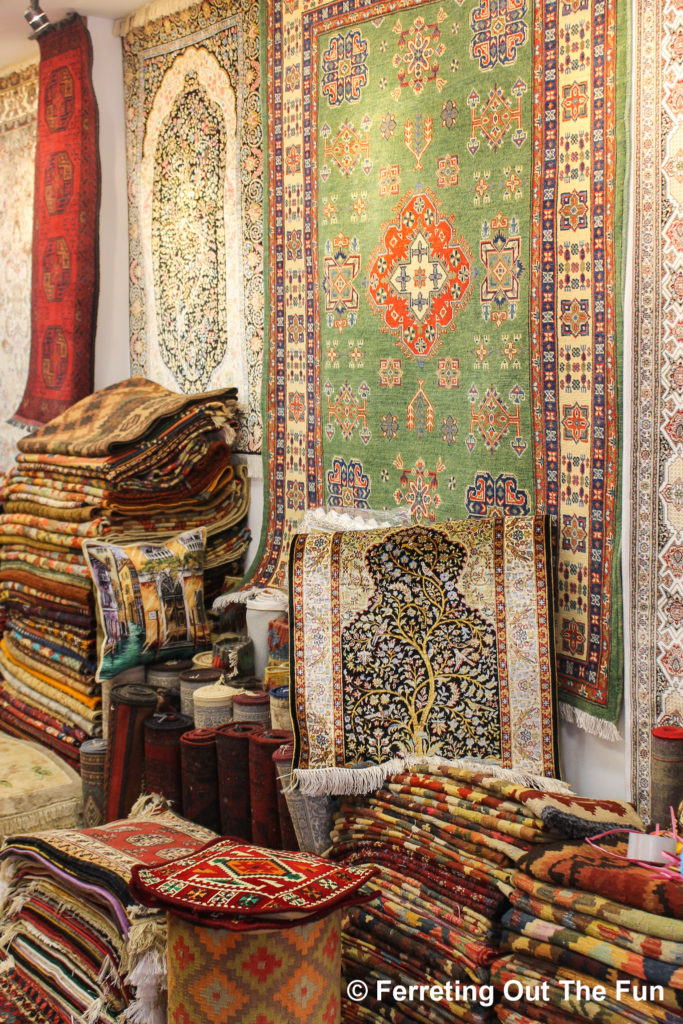
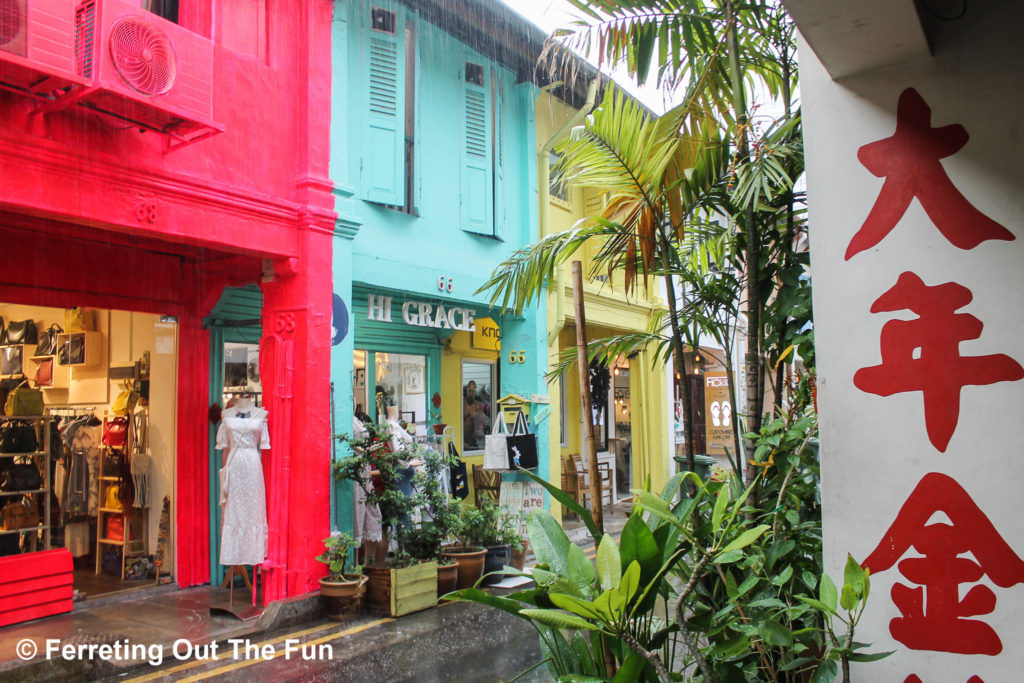
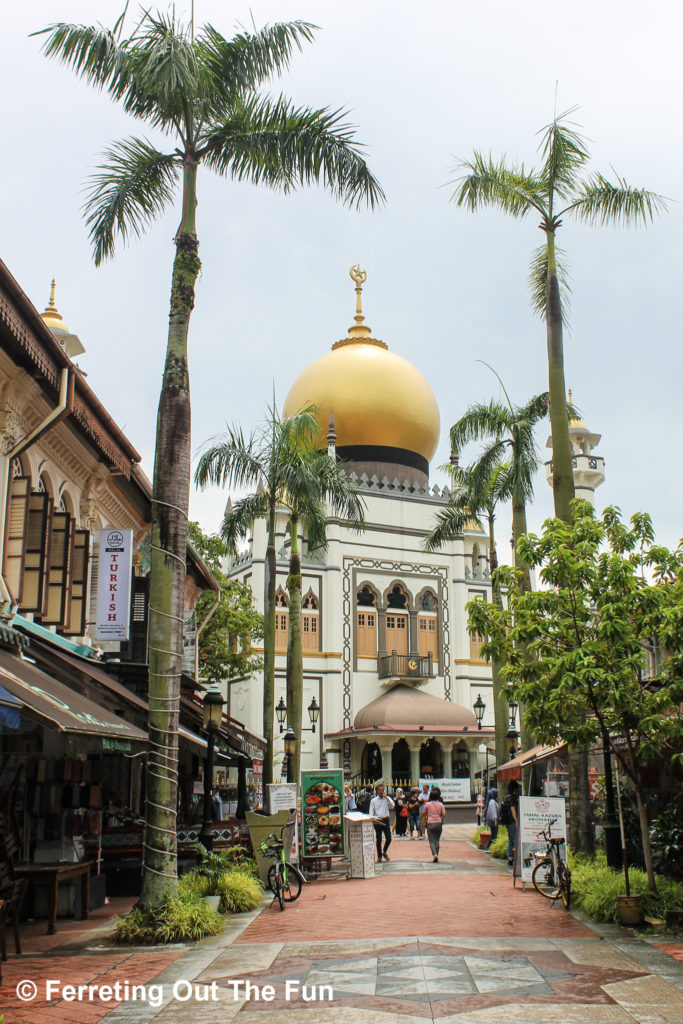
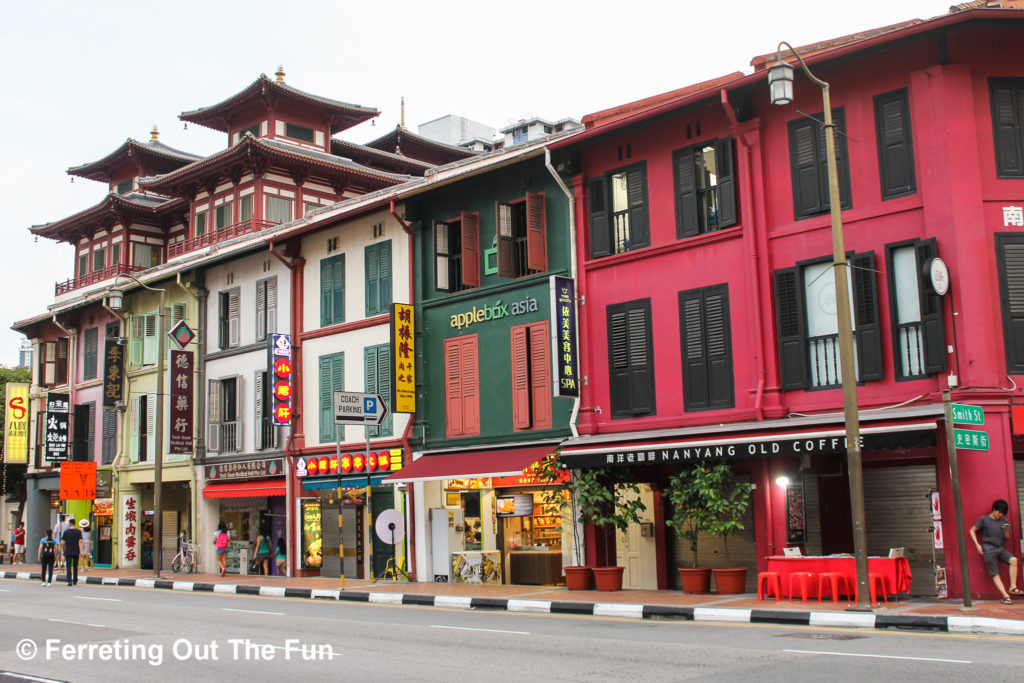
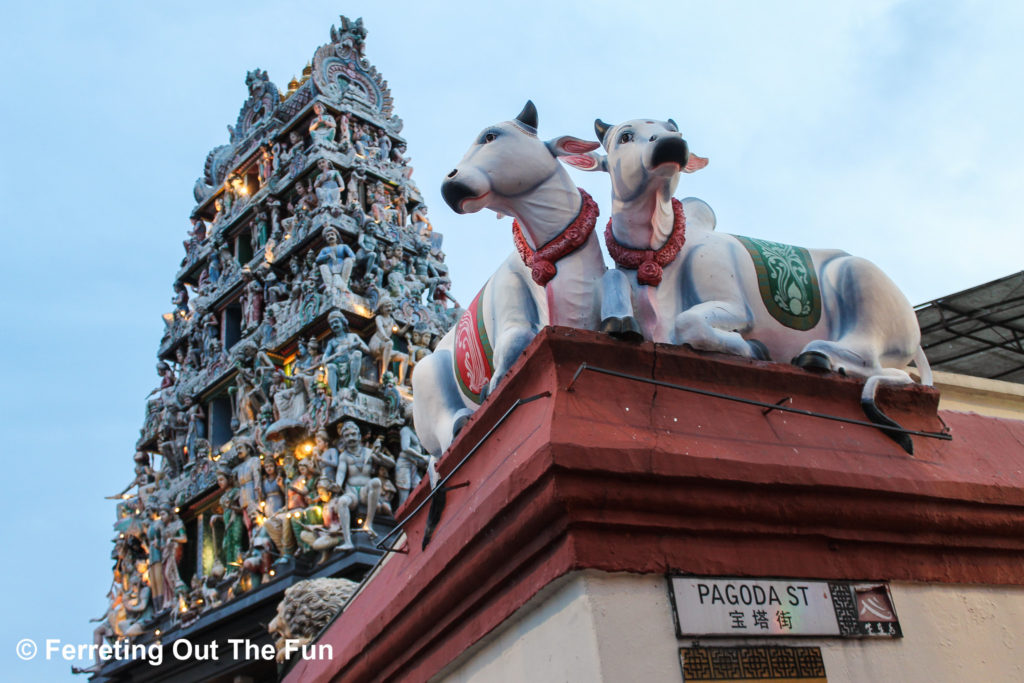
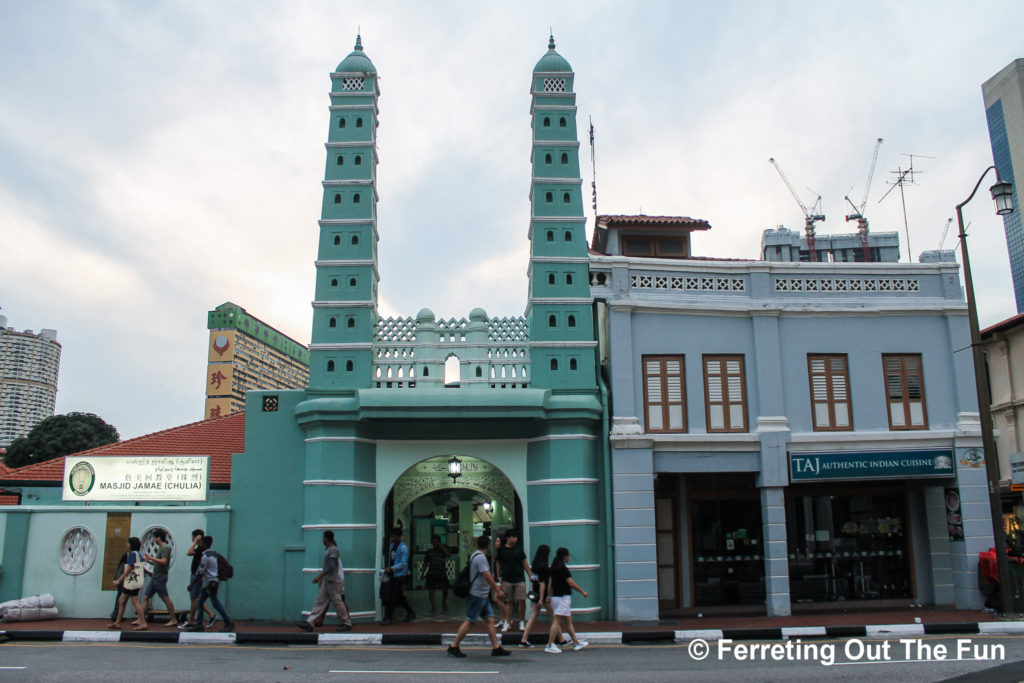
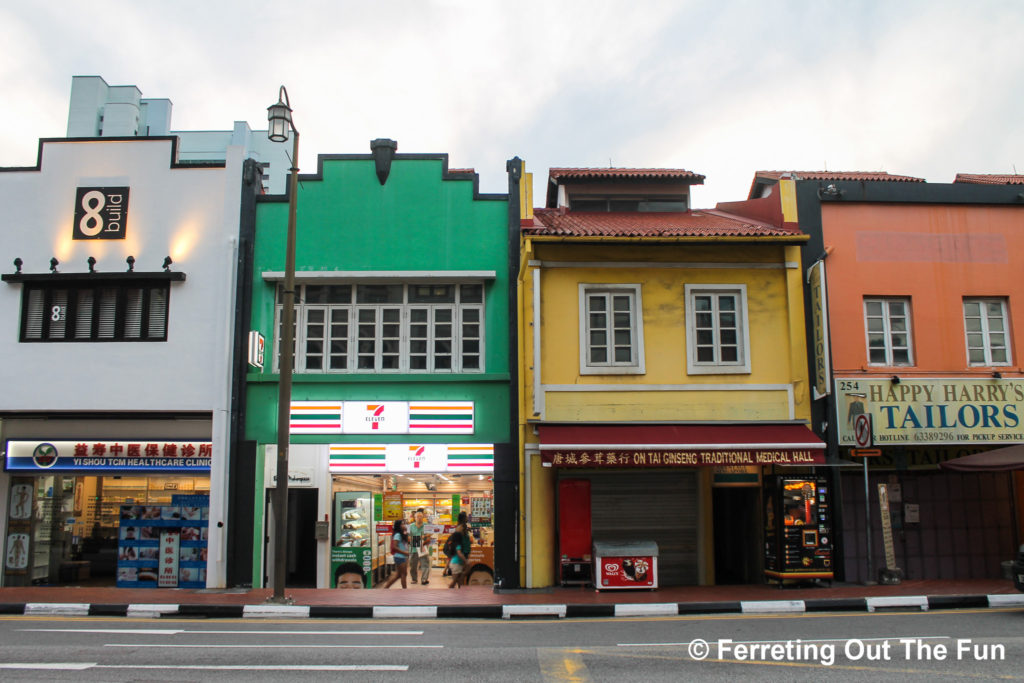
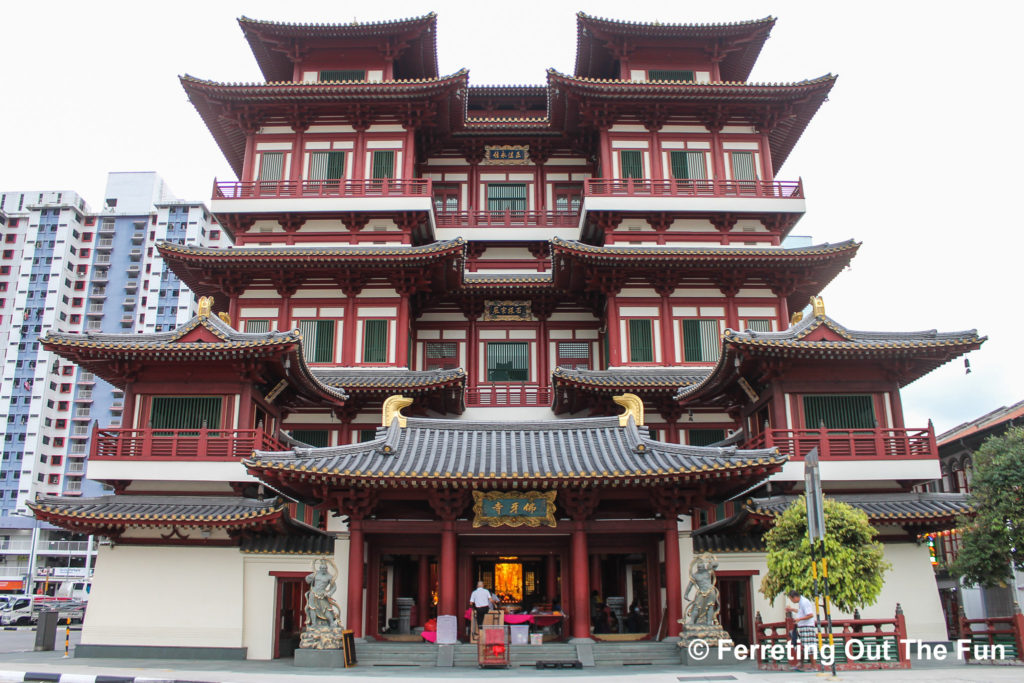
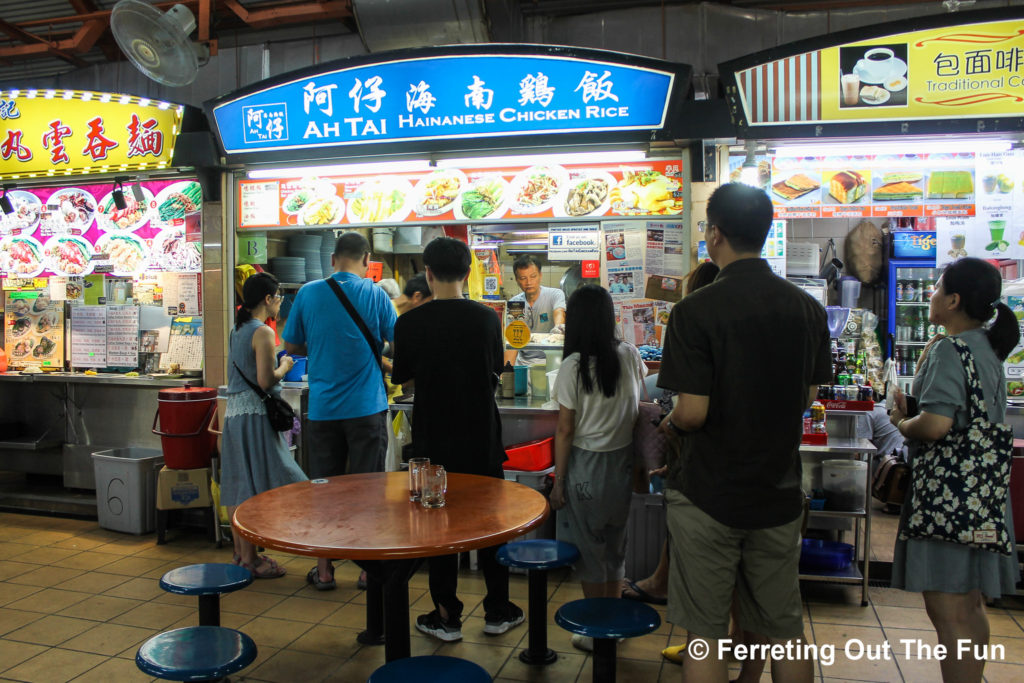
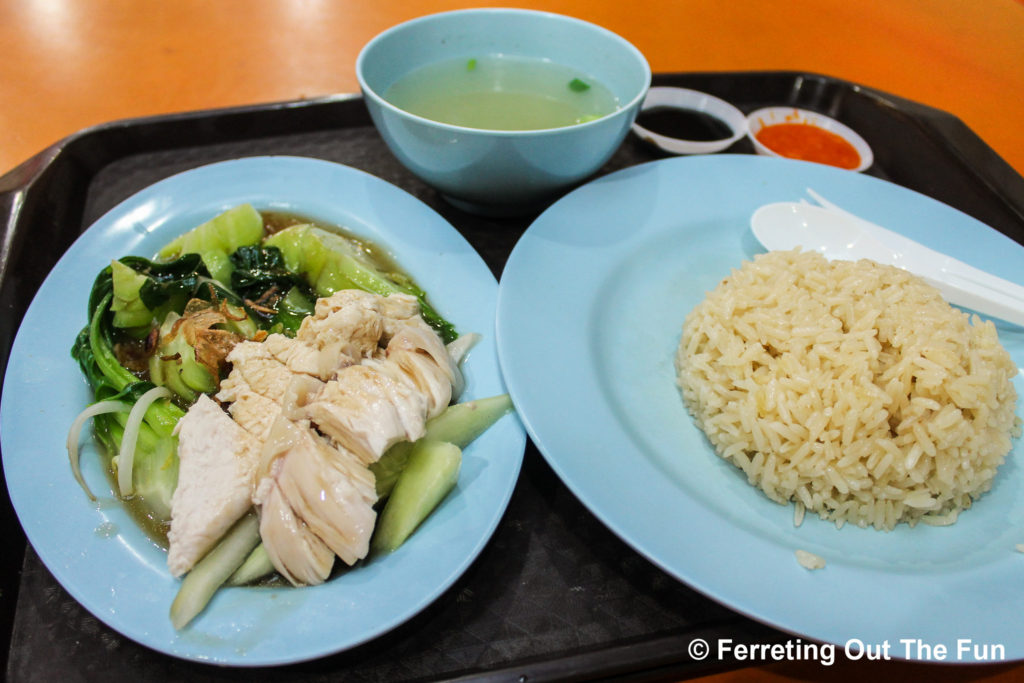
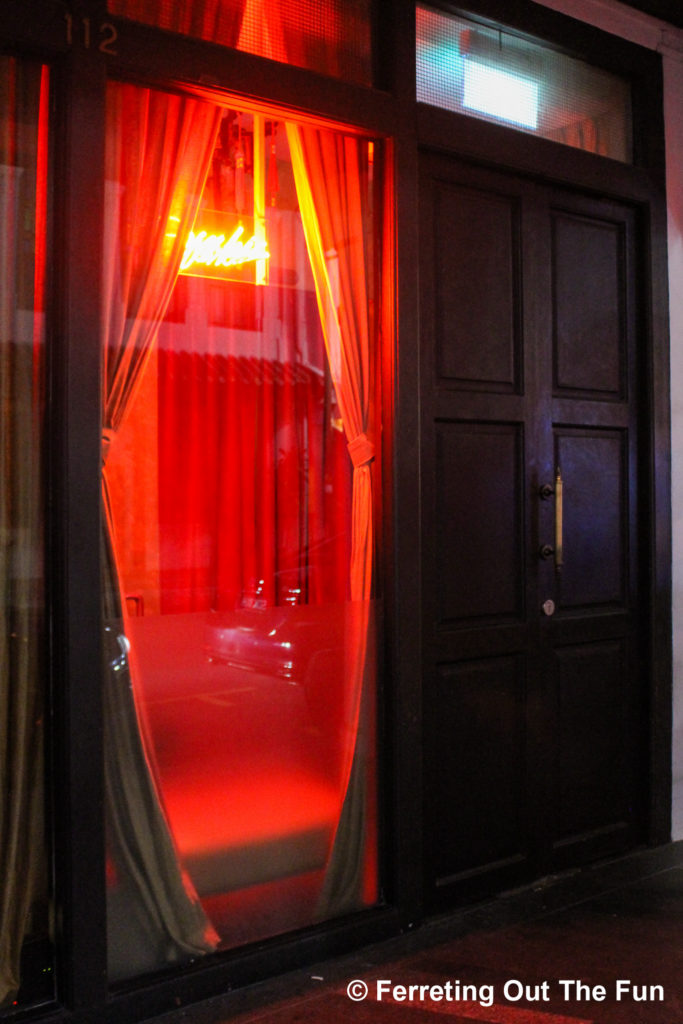
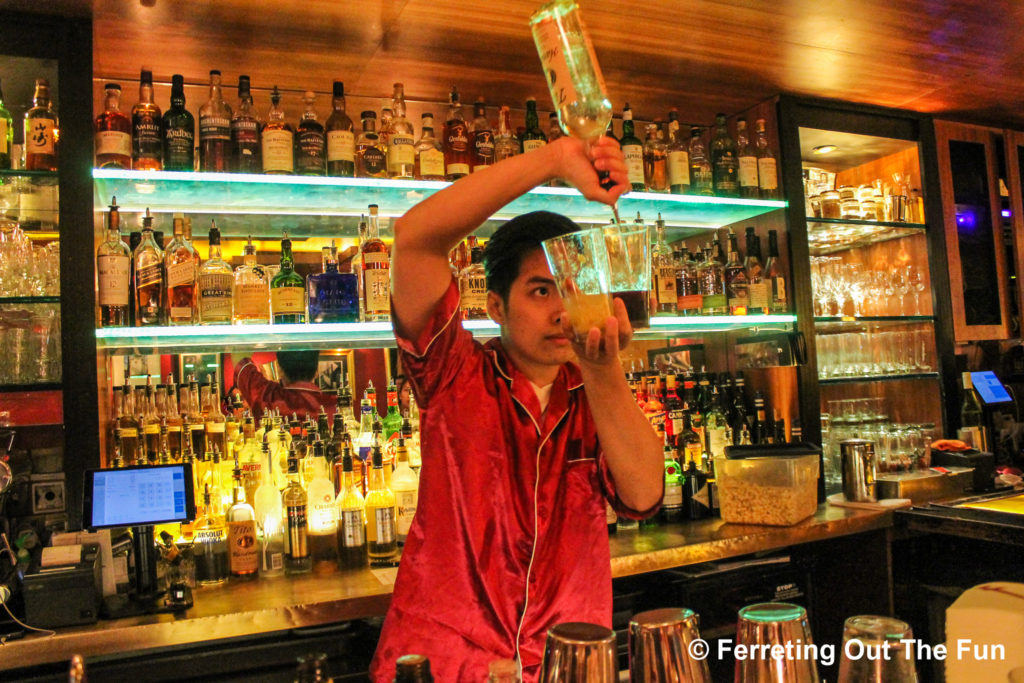
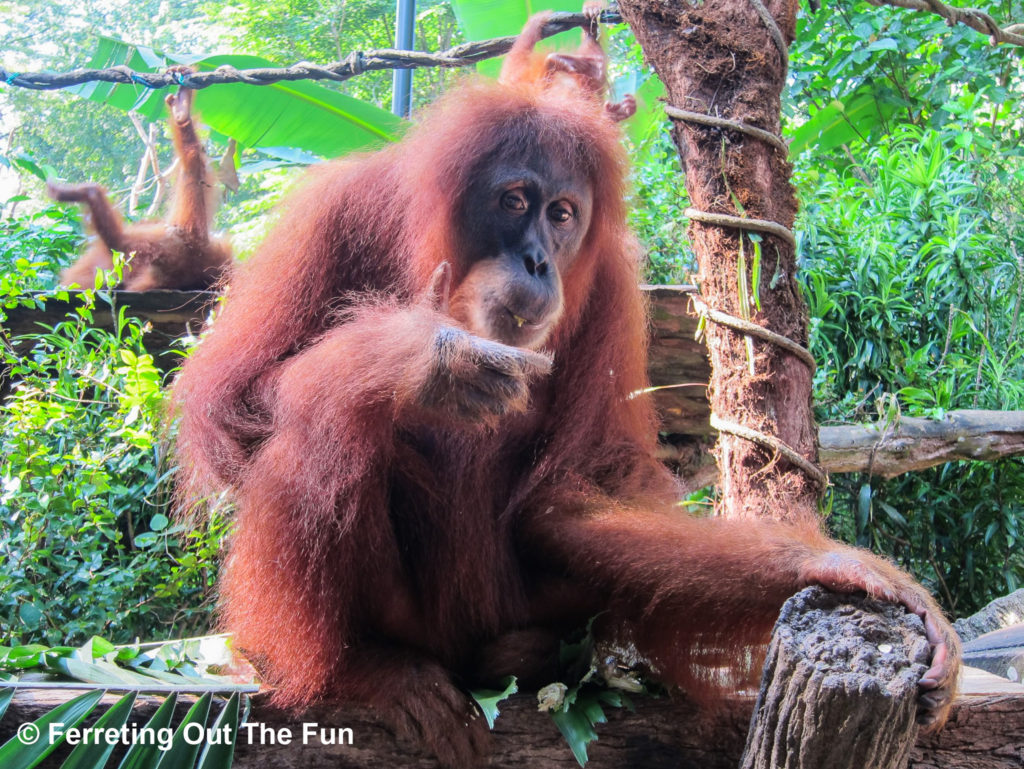
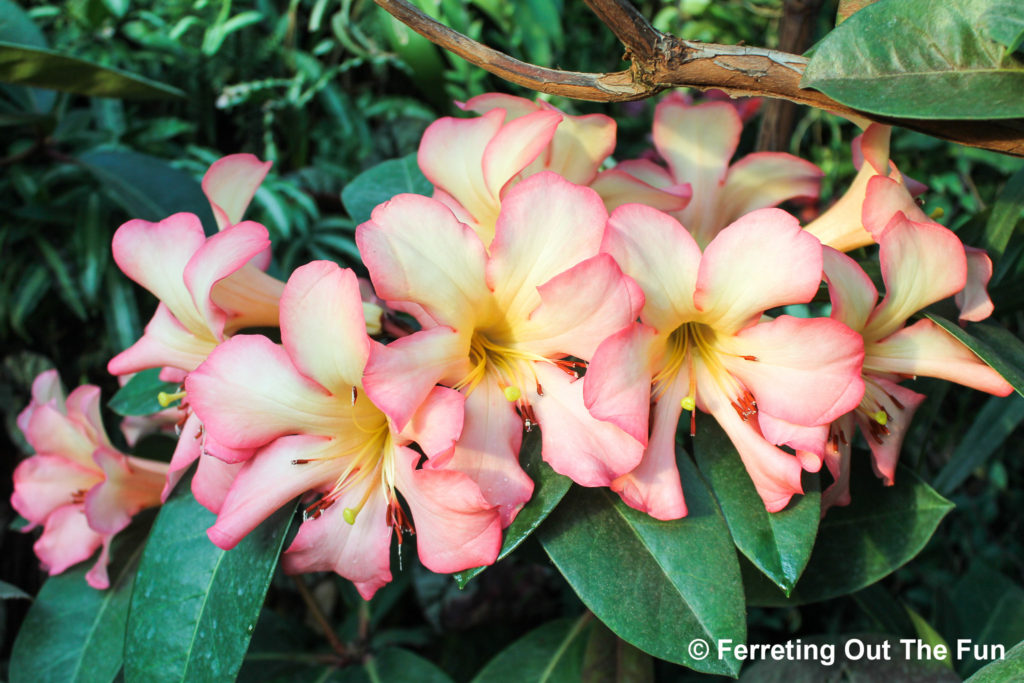
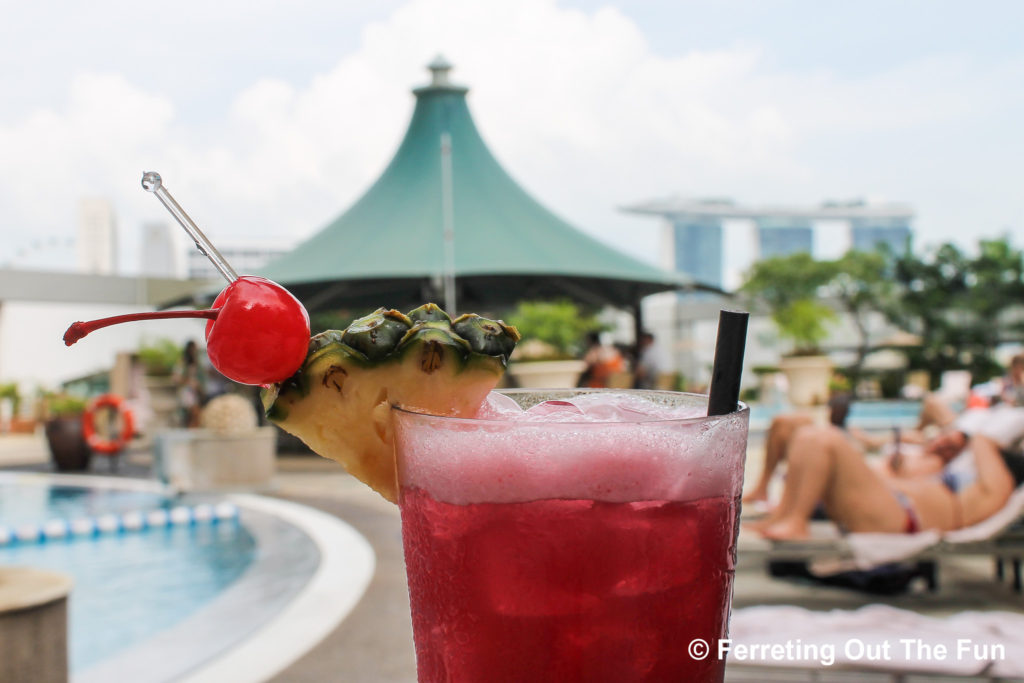
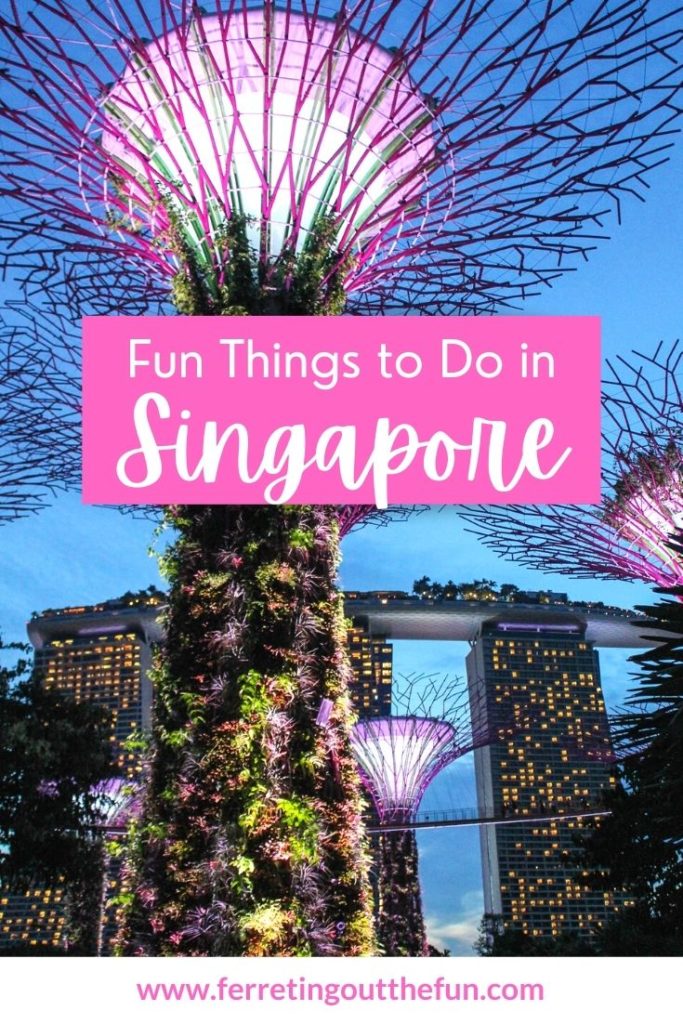
I still can’t believe I didn’t meet you there. Still kicking myself. Love your pictures. Brings it all to life. Didn’t see any trash anywhere. I like that people have respect for where they live. Great blog!!